The 400 GT feels like a relic of a different Lamborghini
Lamborghini’s unique breed of supercars has become part of popular culture. Its scissor doors make regular appearances in music videos and social media posts, the Countach earned a spot on the National Historic Vehicle Register, and the Aventador is present in nearly every toy store in the world.
It wasn’t always this way. Before the Miura, which created the template for the modern supercar, the company planted its stake in the gran turismo segment with a pair of coupes called 350 GT and 400 GT, respectively. GTs have since faded from the Lamborghini range, but they played a significant role in shaping the image and the values that characterize the company today.
Muting Ferrari’s chatter
Ferruccio Lamborghini diligently made a name and a fortune for himself by building tractors, but adding “carmaker” to his resume wasn’t as random as it might seem. He notably competed in the 1948 Mille Miglia with a barchetta based on the humble Fiat Topolino. While the little roadster dropped out of the race, Lamborghini didn’t lose his appetite for speed. His success allowed him to own some of the fastest and most expensive cars available in Italy, including models made by Ferrari. It was the Prancing Horse’s reliability-related problems (and, according to many accounts, Enzo Ferrari’s callous attitude towards customers who complained about mechanical issues) that led Lamborghini to start his own company.

Lamborghini founded Lamborghini in 1963, when there was no shortage of small, obscure carmakers looking to capitalize on a growing demand for fast cars on both sides of the Atlantic. His first concept, the 350 GTV, made its debut to the popping of flashbulbs at the 1963 Turin auto show. It remained a one-off, but it spawned a production model called 350 GT that was presented at the 1964 Geneva auto show.
This is where it all started: the first production-bound Lamborghini was born.
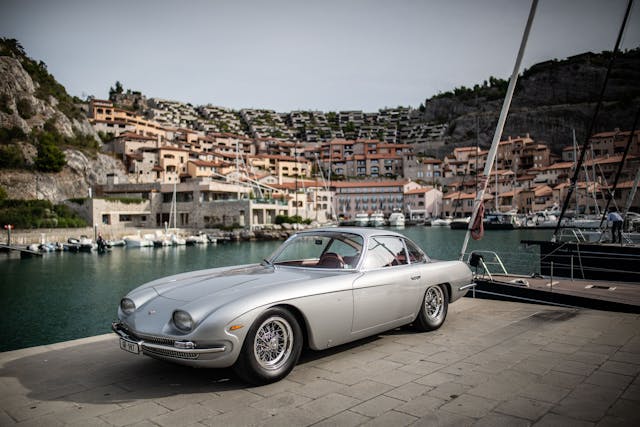
Young, passionate engineers like Paolo Stanzani and Giampaolo Dallara helped make the 350 GT a reality. On paper, the coupe featured a relatively conventional layout: it was powered by a front-mounted, 3.5-liter V-12 engine that spun the rear wheels. Italian coachbuilder Carrozzeria Touring built around 135 units of the first Lamborghini, which was an impressive figure for a small company peddling its first car.
There was one way to tell whether Lamborghini was on the brink of stardom or if it had experienced a bout of beginner’s luck: launch a second model. Released in 1966, the 400 GT landed as an evolution of its predecessor with a redesigned front end, a more spacious interior, and a larger, 3.9-liter V-12. Orders poured in, and production totaled approximately 273 examples. While that doesn’t exactly sound like a smash hit, three-digit production figures were fairly common in this sector of the Italian automotive industry during the 1960s; Ferrari built roughly 200 examples of the Pininfarina-designed 275 GTS from 1964 to 1966.
Several high-profile individuals purchased a 400 GT, including Paul McCartney, and a handful of examples were exported to overseas markets like Japan. In hindsight, one of the 400 GT’s fiercest competitors came not from Maranello, Modena, or Coventry but from Lamborghini’s headquarters in Sant’Agata Bolognese, Italy. The revolutionary Miura made its debut in 1966 as well and quickly overshadowed the 400 GT; it was arguably the first supercar, and it’s the car that made Lamborghini a household name.
Performance meets elegance
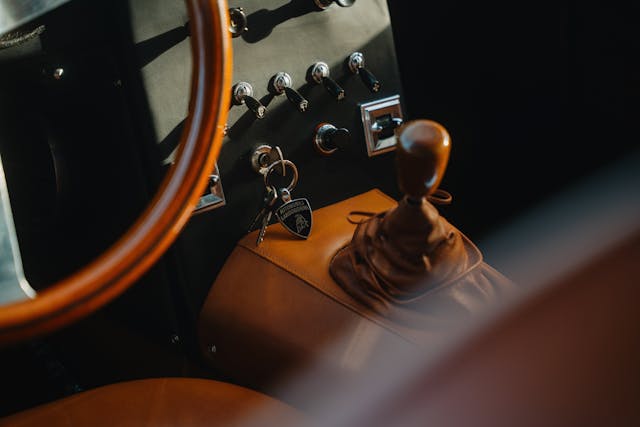
Lamborghini tossed me the keys to one of the last 400 GTs. Built in December 1967 and assigned chassis number 01324, it’s a Swiss-market car finished in Saint Vincent Gray with a tobacco interior, and it was ordered with a handful of options such as a heated rear window. Stepping inside is like discovering a new side of the company: luxury is the main theme in the cabin. There’s soft leather everywhere, a wood-rimmed steering wheel, and wood trim on the top part of the center stack. In the back, there’s a two-person bench seat that I wouldn’t mind having as a couch in my living room. It’s not that Lamborghini no longer dabbles in luxury, everything inside its current cars is nice to touch and look at, but even the Urus SUV feels like it was designed with a focus on performance. Not here; this is first and foremost a luxury car. If you want more proof, pop the hood: the underside of it is covered with square-stitched upholstery.
Reach past the wood shift knob to put the key in the ignition barrel, hear the fuel pump click a couple of times, start the V-12, and the luxurious interior becomes an interesting paradox. While you’re not sitting on a bucket seat and surrounded by a roll cage, the engine sounds like it belongs in a race car. Open the (power-operated!) window to let the sound in, close your eyes, and you may as well be at the 1967 Targa Florio. Luckily, the naturally-aspirated V-12’s roar still echoes through Lamborghini’s headquarters today. It’s a configuration that the company has pledged to keep alive for as long as regulations allow it.

It takes only a couple of miles on the roads that snake through the mountains separating Bologna and Florence to get used to the 400 GT. It’s a relatively smooth and easy car to drive: the steering is fairly light, not overly quick, and precise, the shifter’s throws are short and direct, and the power is always there when you need it. The 3.9-liter V-12 slurps fuel from a constellation of six carburetors to develop 320 horsepower, which was a monumental amount in the late 1960s; in comparison, a 1967 911 S used a 2.0-liter flat-six rated at 180 horsepower. With so much power on tap, and an engine that’s markedly more cheerful when the needle is hovering in the upper part of the tachometer, Lamborghini engineers gave the 400 GT relatively long gears and you’re not constantly shifting up and down to keep moving.

The V-12’s sound gets better as the pace picks up, and it’s accompanied by a subtle whine coming from the five-speed manual gearbox. One of the more fascinating aspects of driving the 400 GT is how effortlessly it keeps up with traffic. In a lot of cars from this era, you feel like you’re going fast even if you’re not. That’s the impression I get after driving, say, an Alfa Romeo Giulietta Sprint. Not here; the 400 GT moves with a real sense of urgency, and the brakes are powerful enough to keep the fun in check. While I wasn’t able to test this, Lamborghini tells me the coupe keeps going until its speedometer shows 155 mph. Put another way, you’ll (eventually) beat a BMW i4 in a pedal-to-the-floor race on the autobahn.

Although the mighty V-12 is the 400 GT’s soul, the chassis doesn’t disappoint. This is where the GT genes become dominant: the 400 GT behaves elegantly, even through hairpin turns, thanks to a chassis that strikes a balance between performance and comfort without leaving the realm of sportiness. The ride is never overly firm but body roll is never excessive, either. In this sense, the 400 GT is closer to cars like the current-generation Maserati Gran Turismo, for example, than to the Aventador. It’s happy to go along with whatever you’ve got planned as long as you don’t push it too far toward either extreme. This is part of what sets it apart from the Miura, which leans far more towards the performance side of the scale.
Ripe for revival?
The 400 GT retired in 1968 and passed the torch to the short-lived Islero, which featured a more angular design. That same year, the striking-looking Espada made its debut and remained in production for a decade. It wasn’t directly replaced, and Lamborghini exited the GT segment.
By the beginning of the 1980s, the extravagant Countach had become firmly embedded into the automotive landscape and the market for big, expensive coupes with four seats was coasting in neutral. No one has truly managed to jump-start it since, but Lamborghini hasn’t forgotten about the GT side of its heritage: its first electric model due out before the end of the decade will reportedly take the form of “a 2+2 two-door car.” Despite the future-focused push, the dream of a world-class GT car may soon resurface.
***
Check out the Hagerty Media homepage so you don’t miss a single story, or better yet, bookmark it. To get our best stories delivered right to your inbox, subscribe to our newsletters.

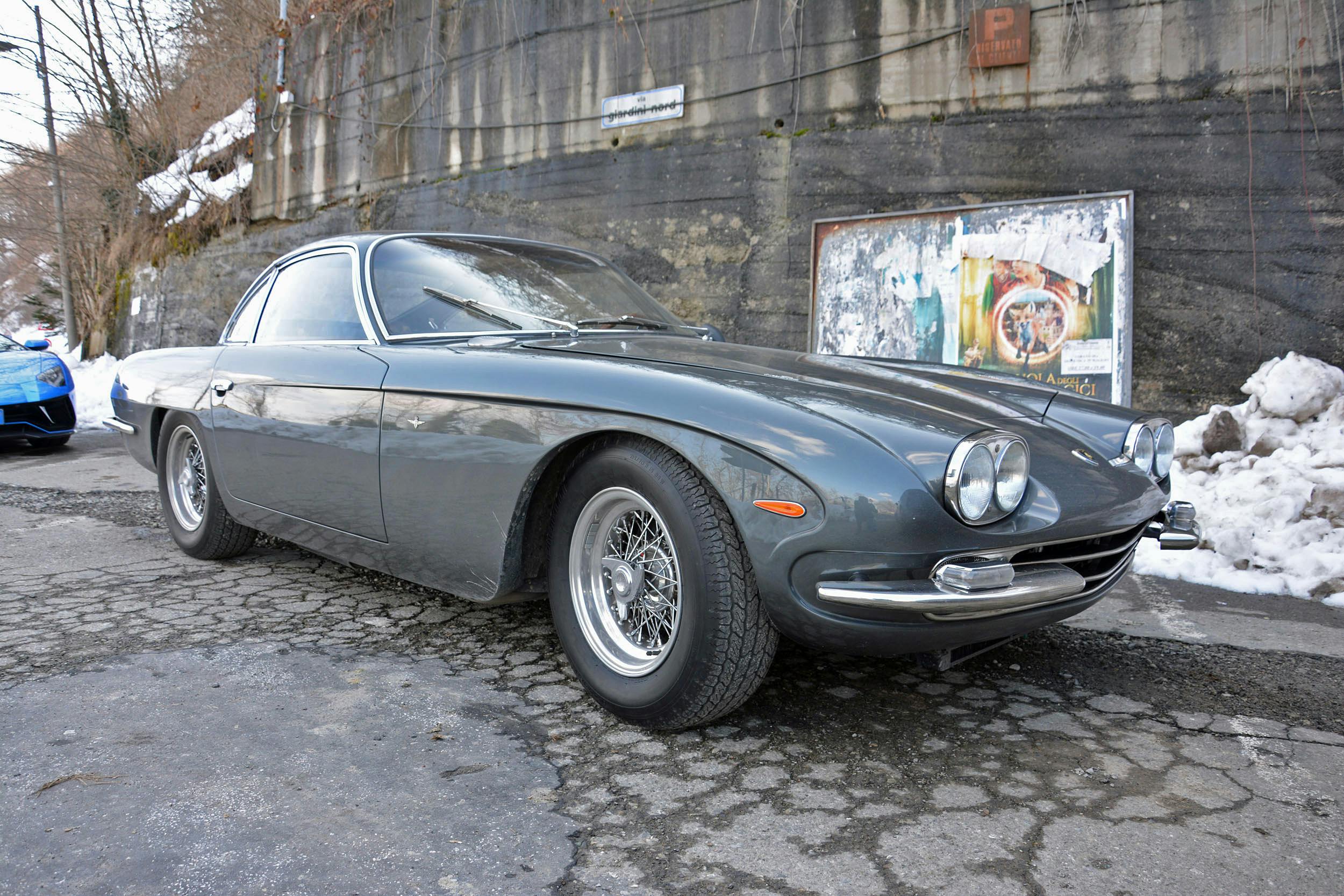

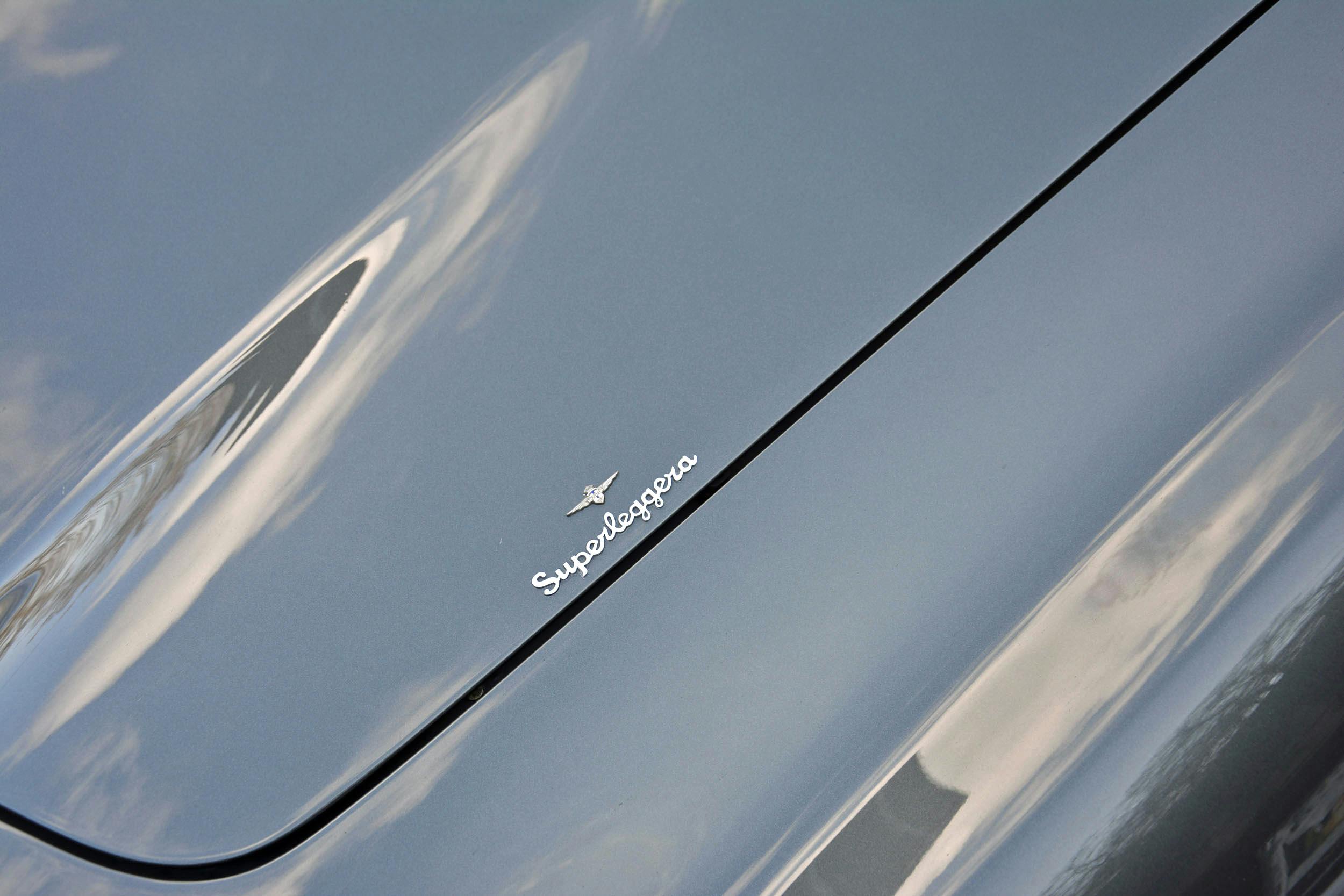

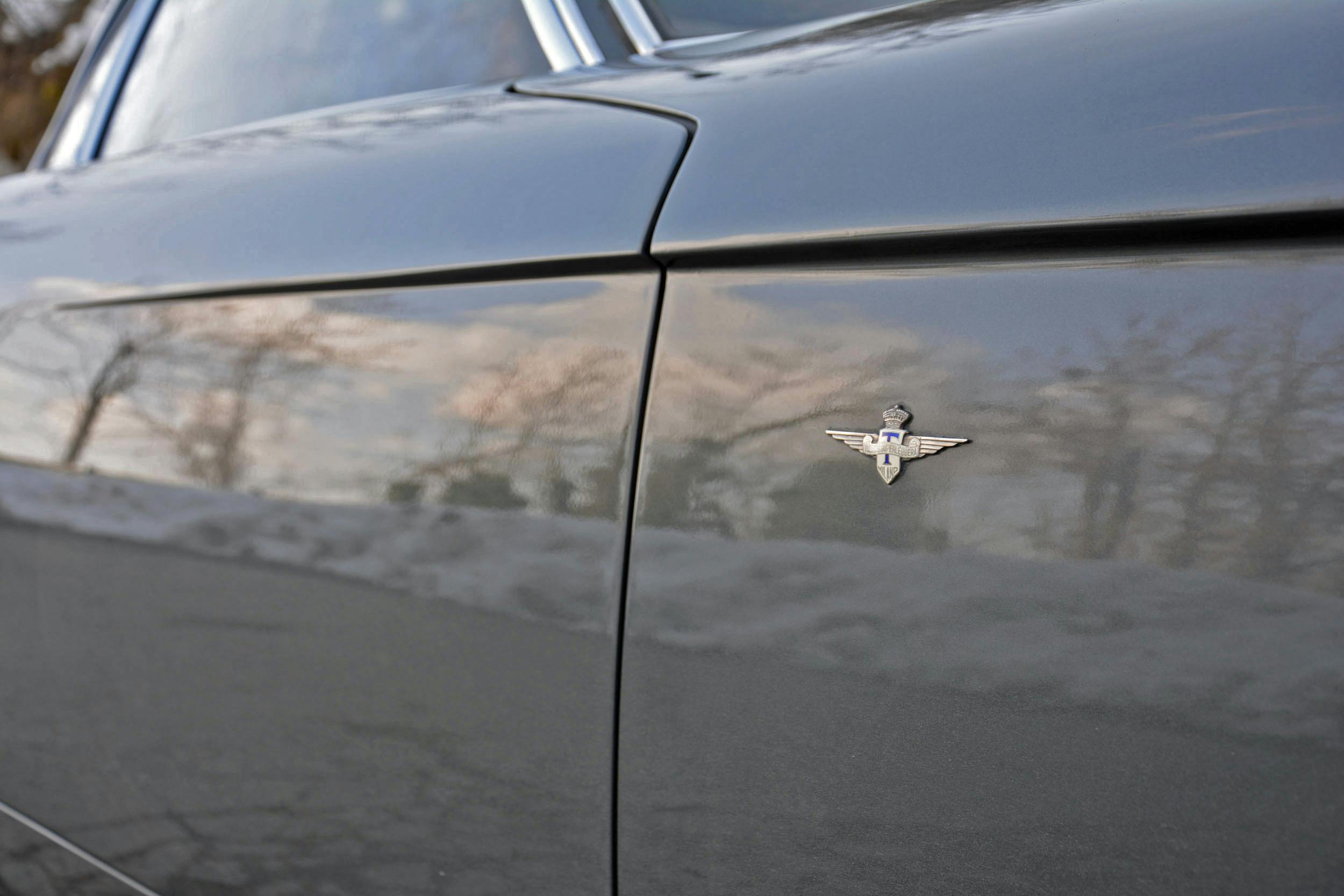
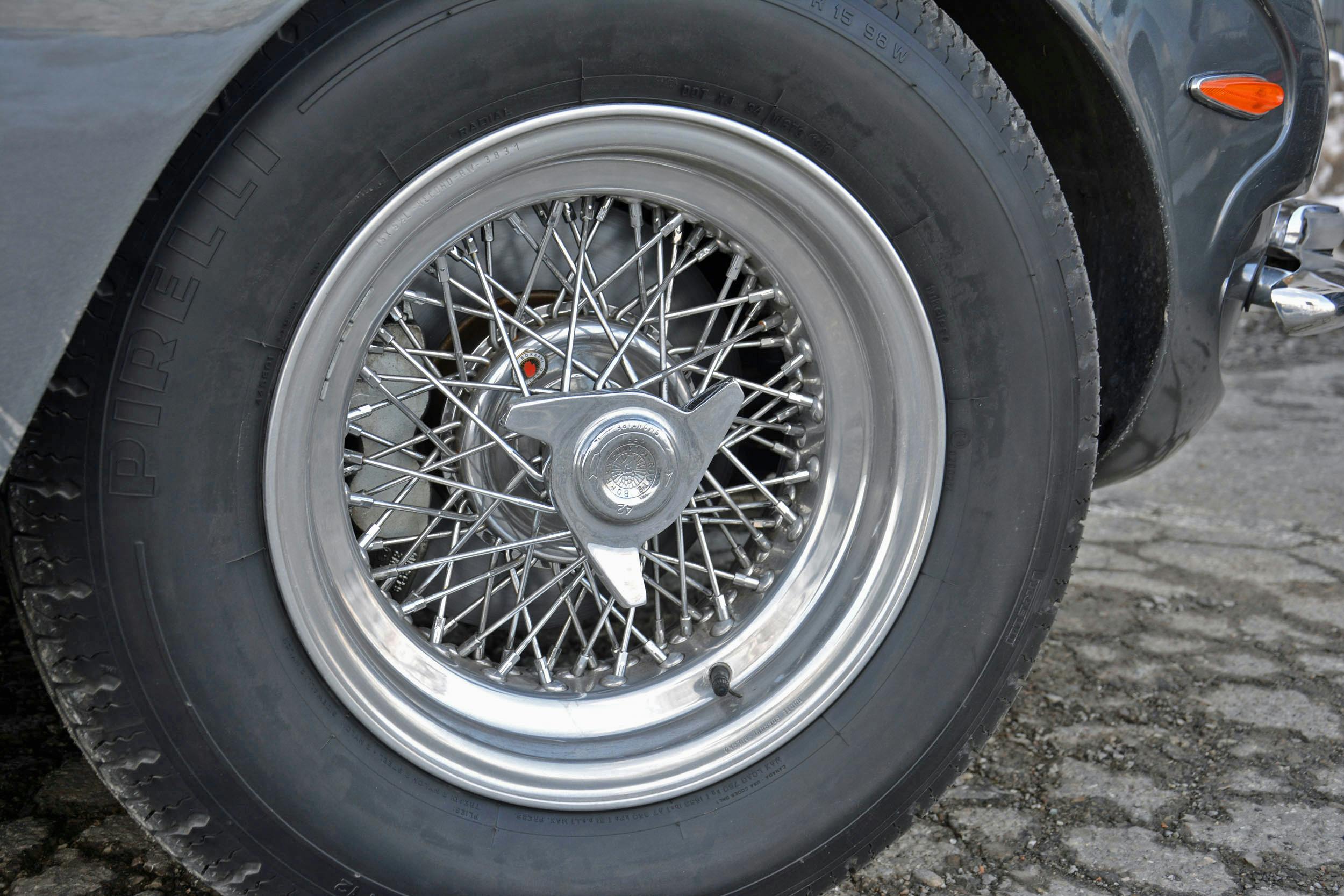
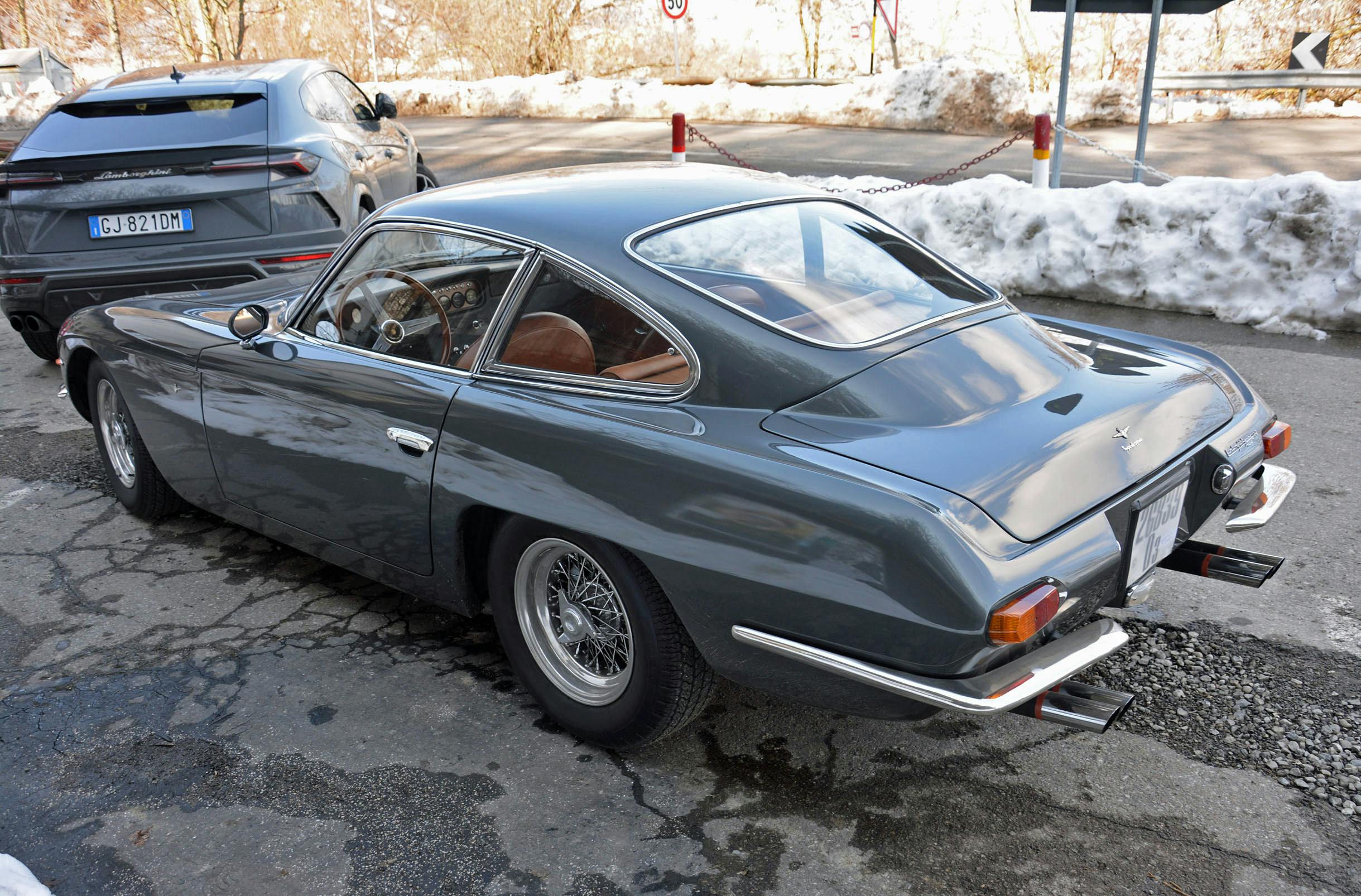

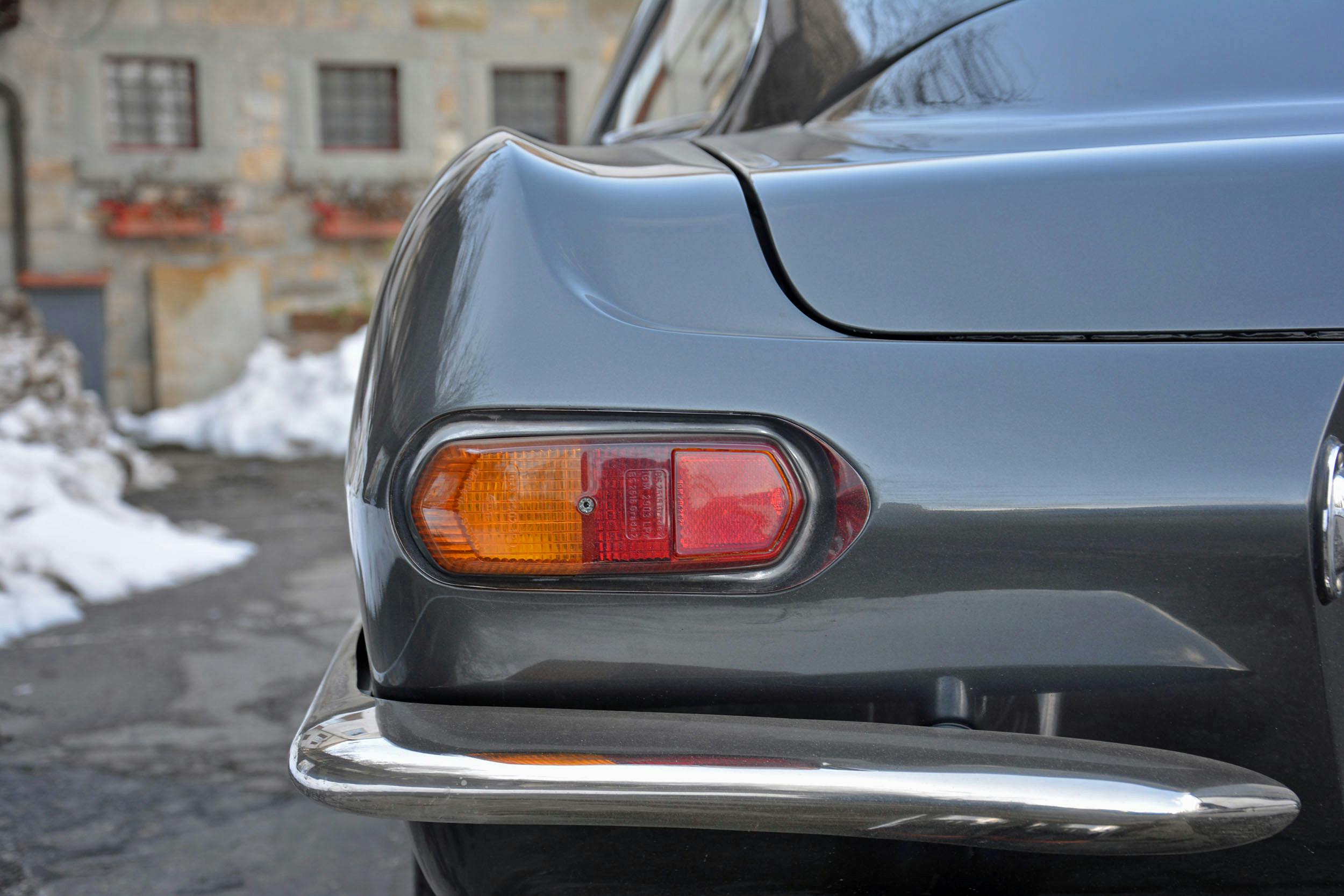
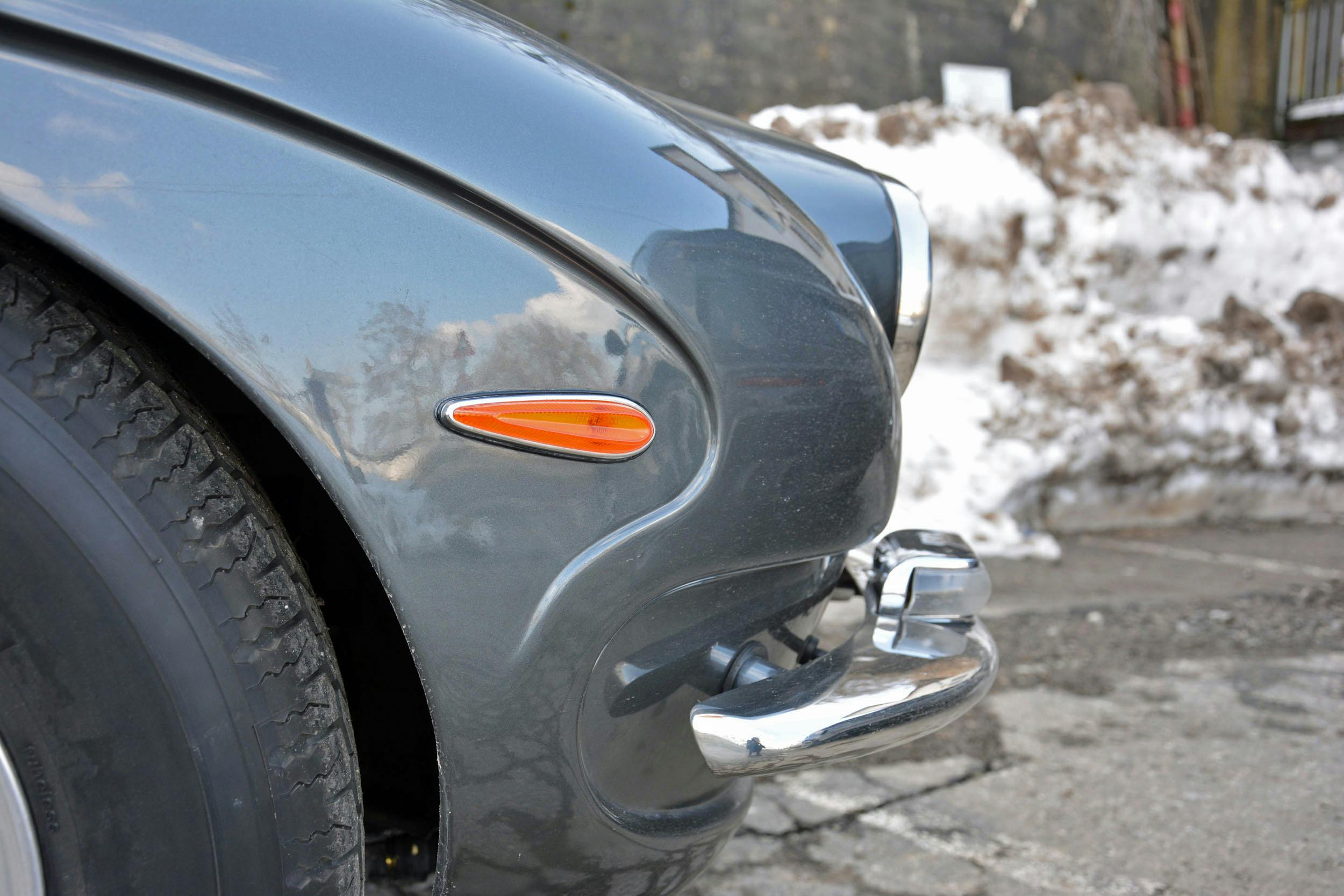
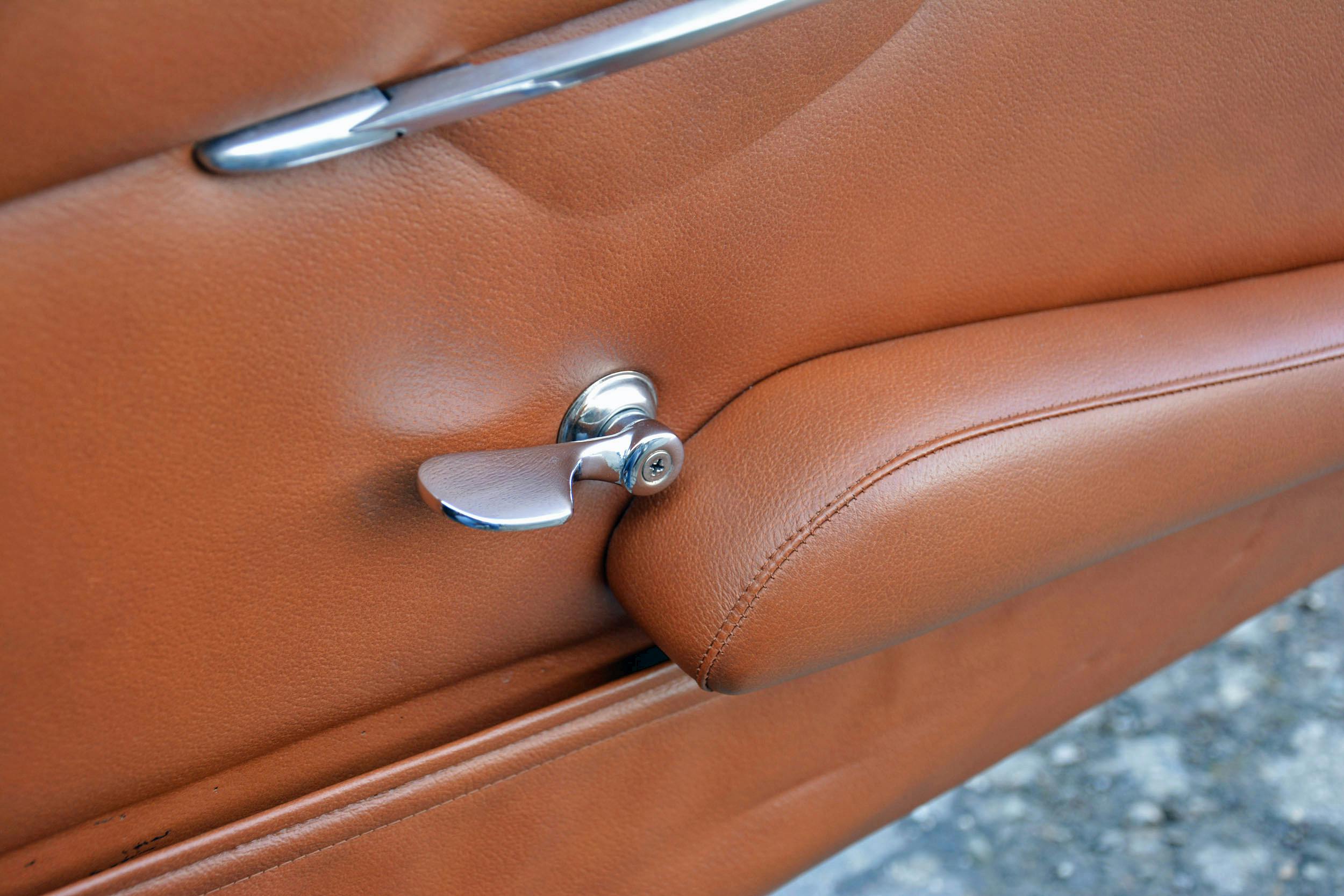
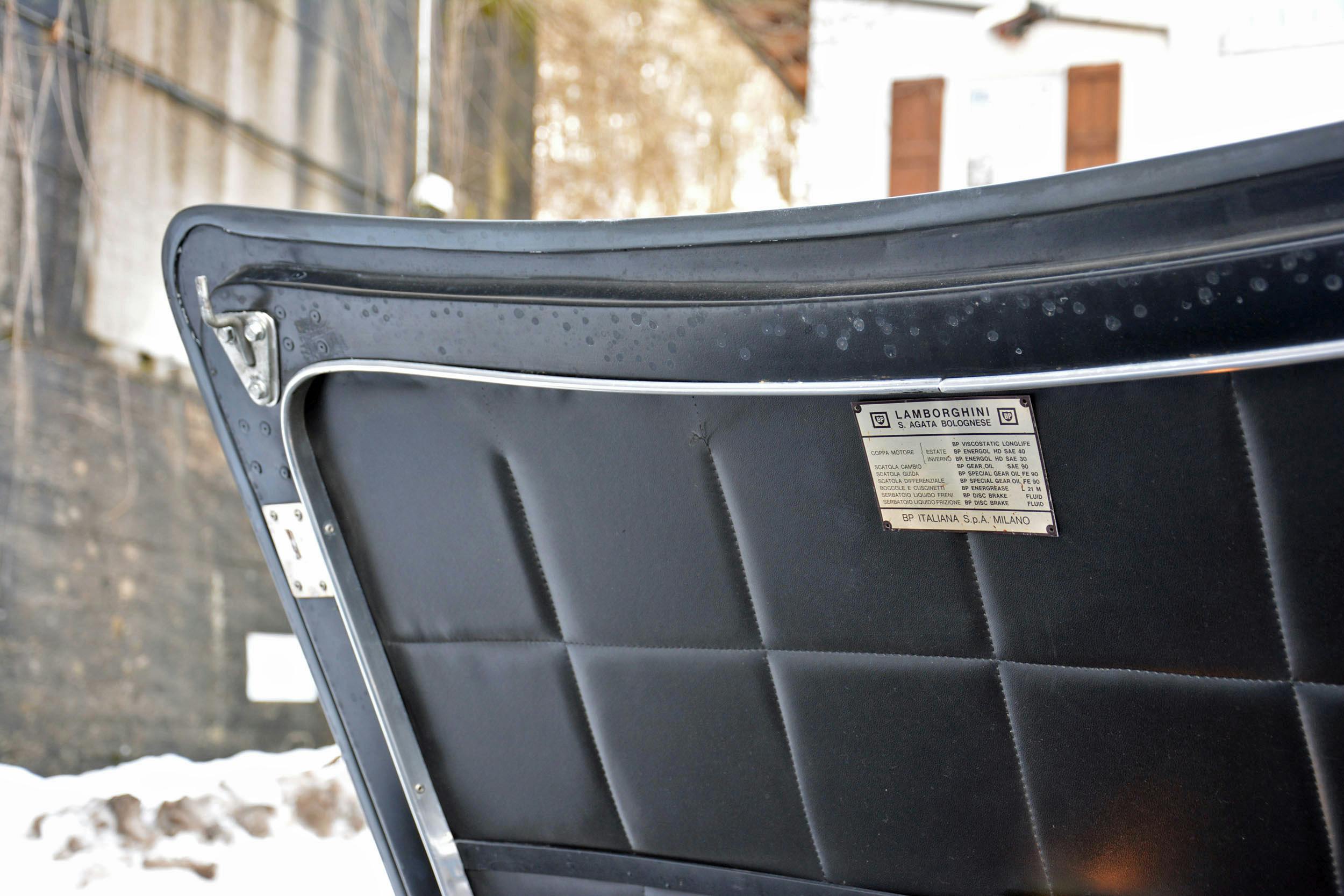
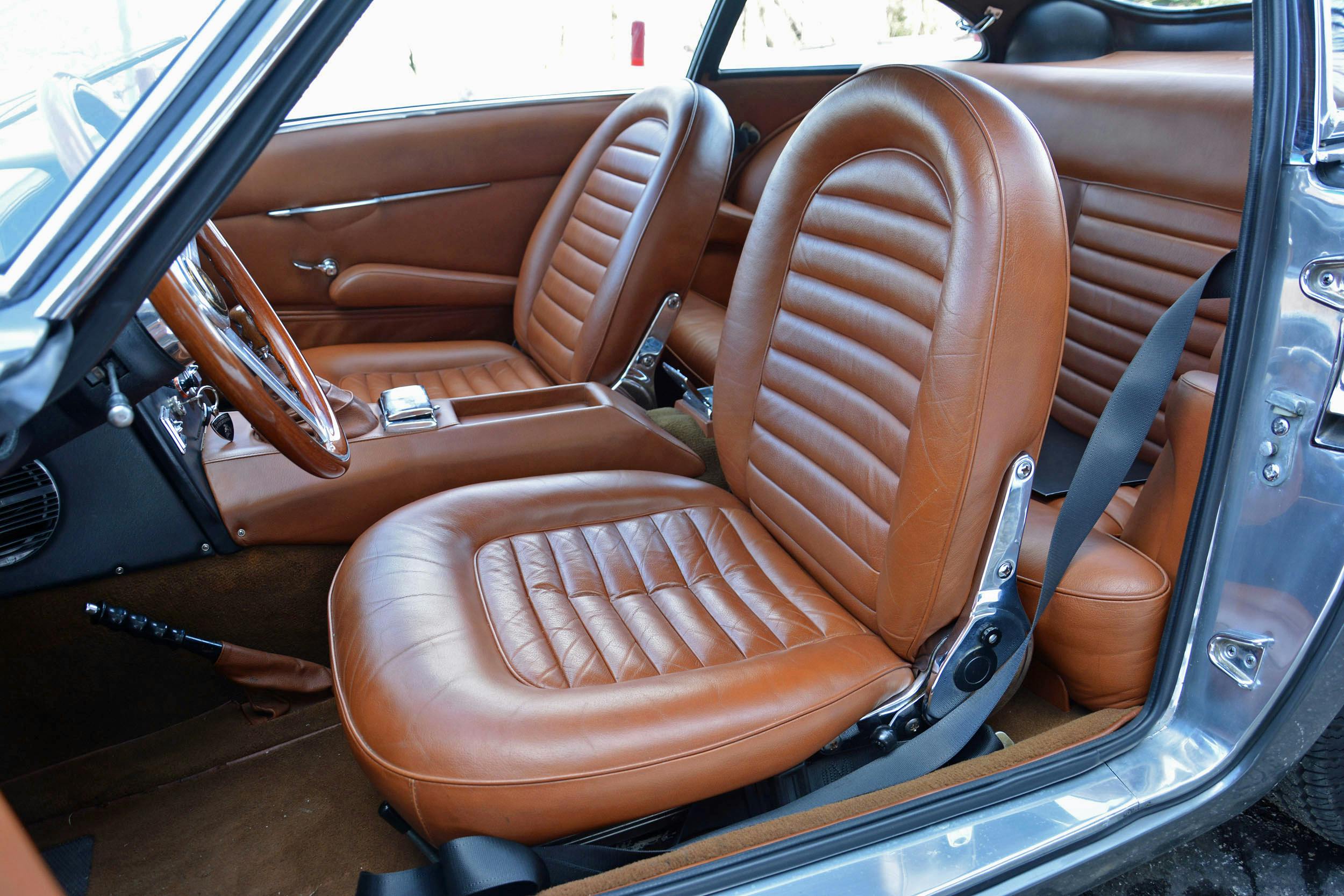
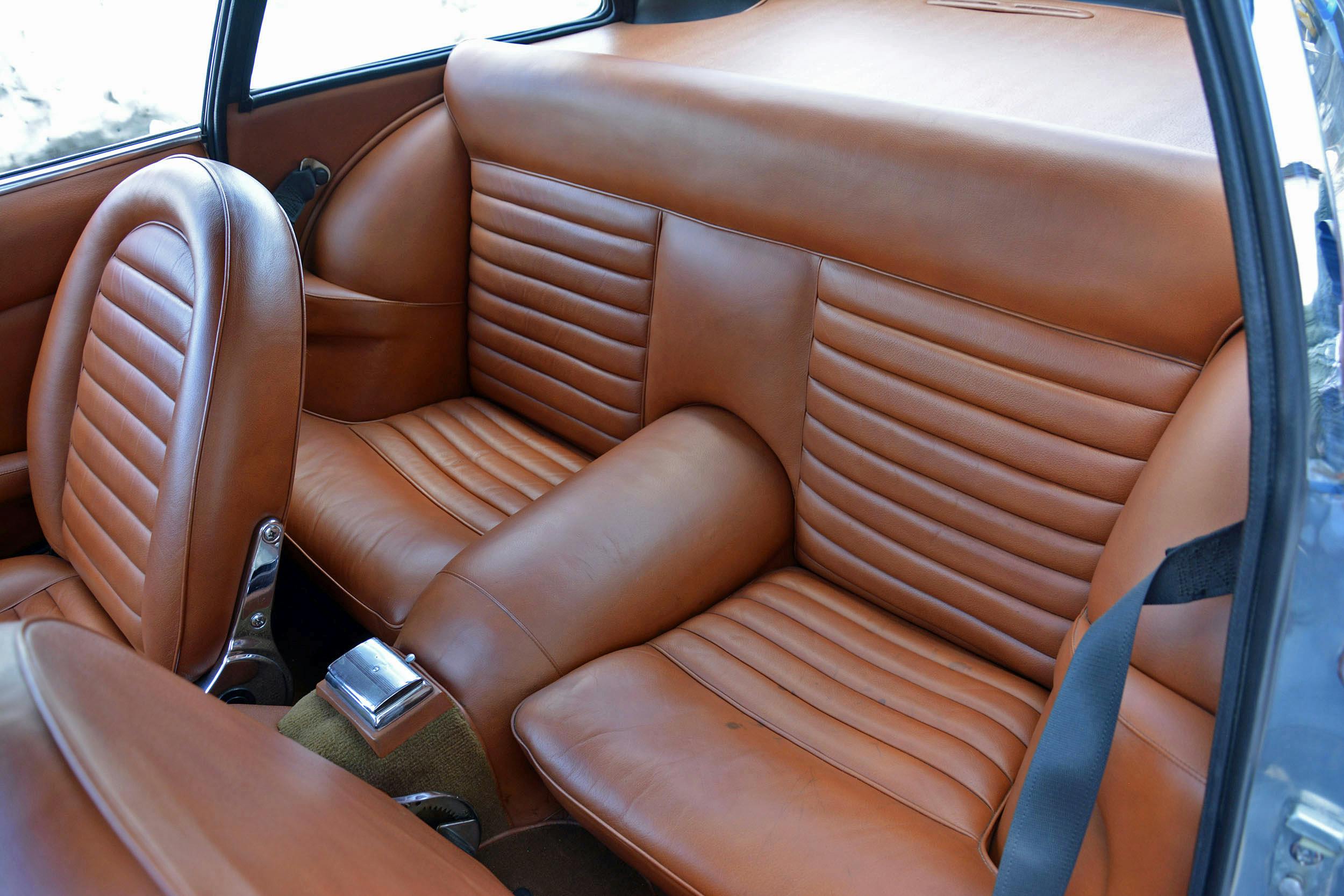

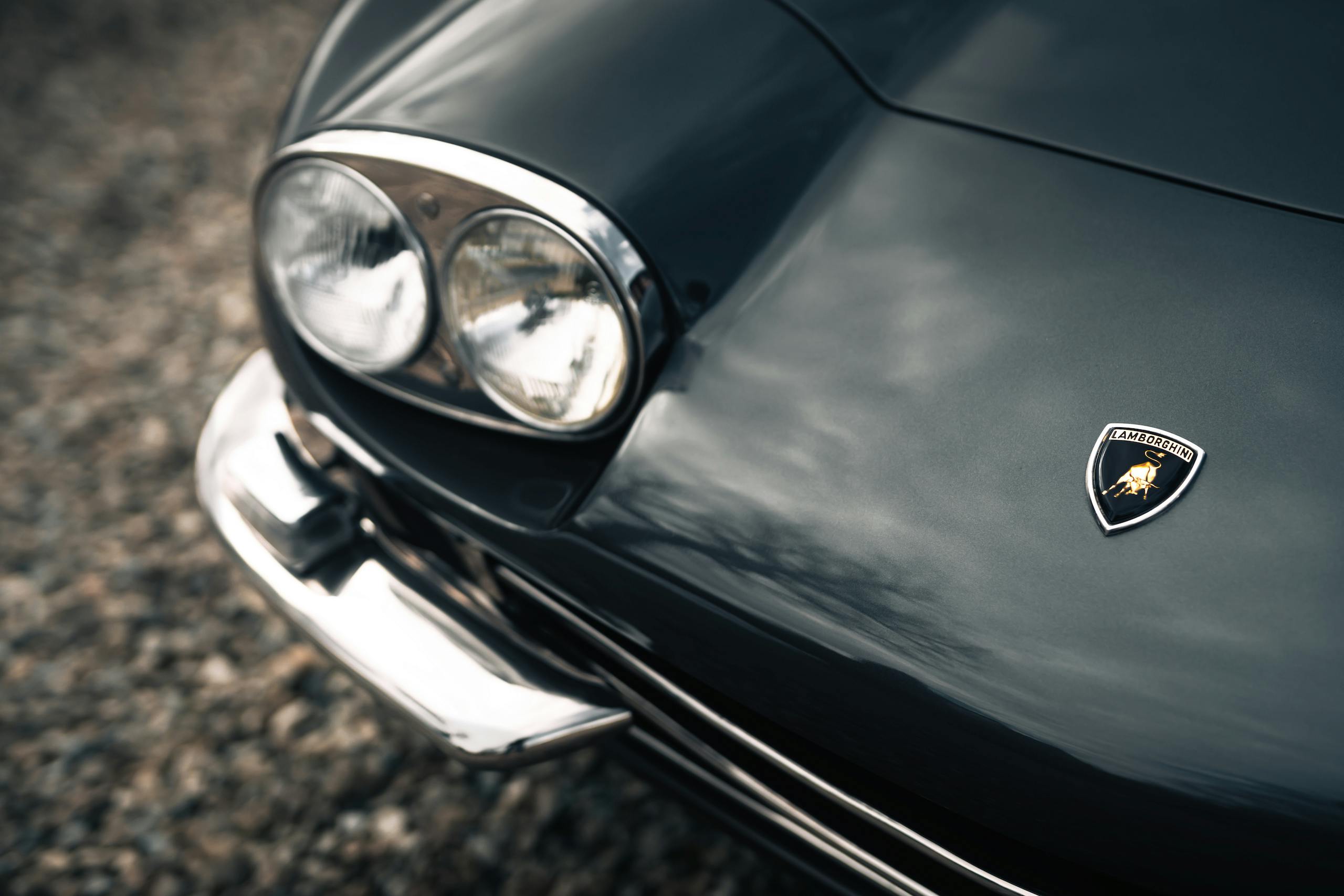
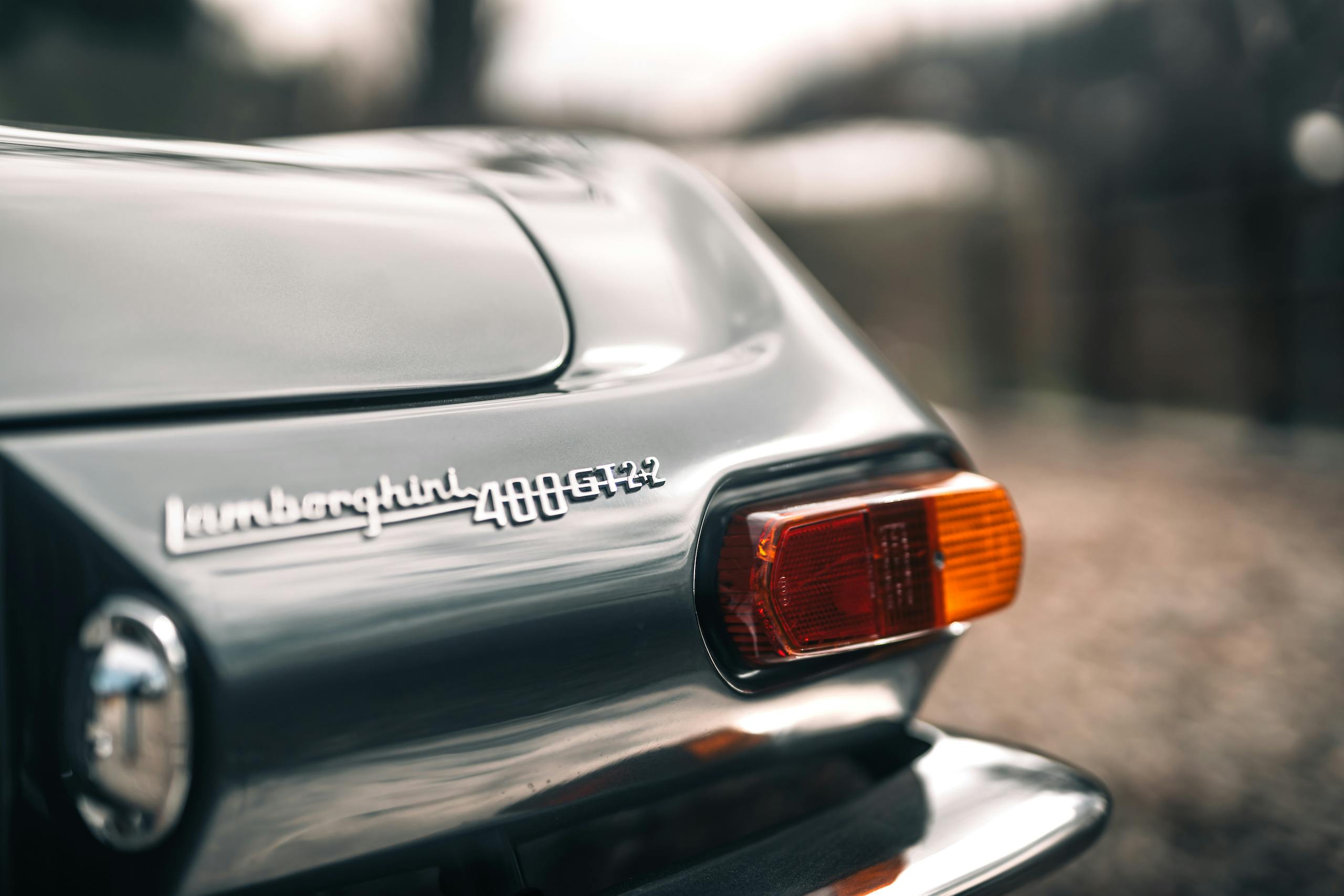


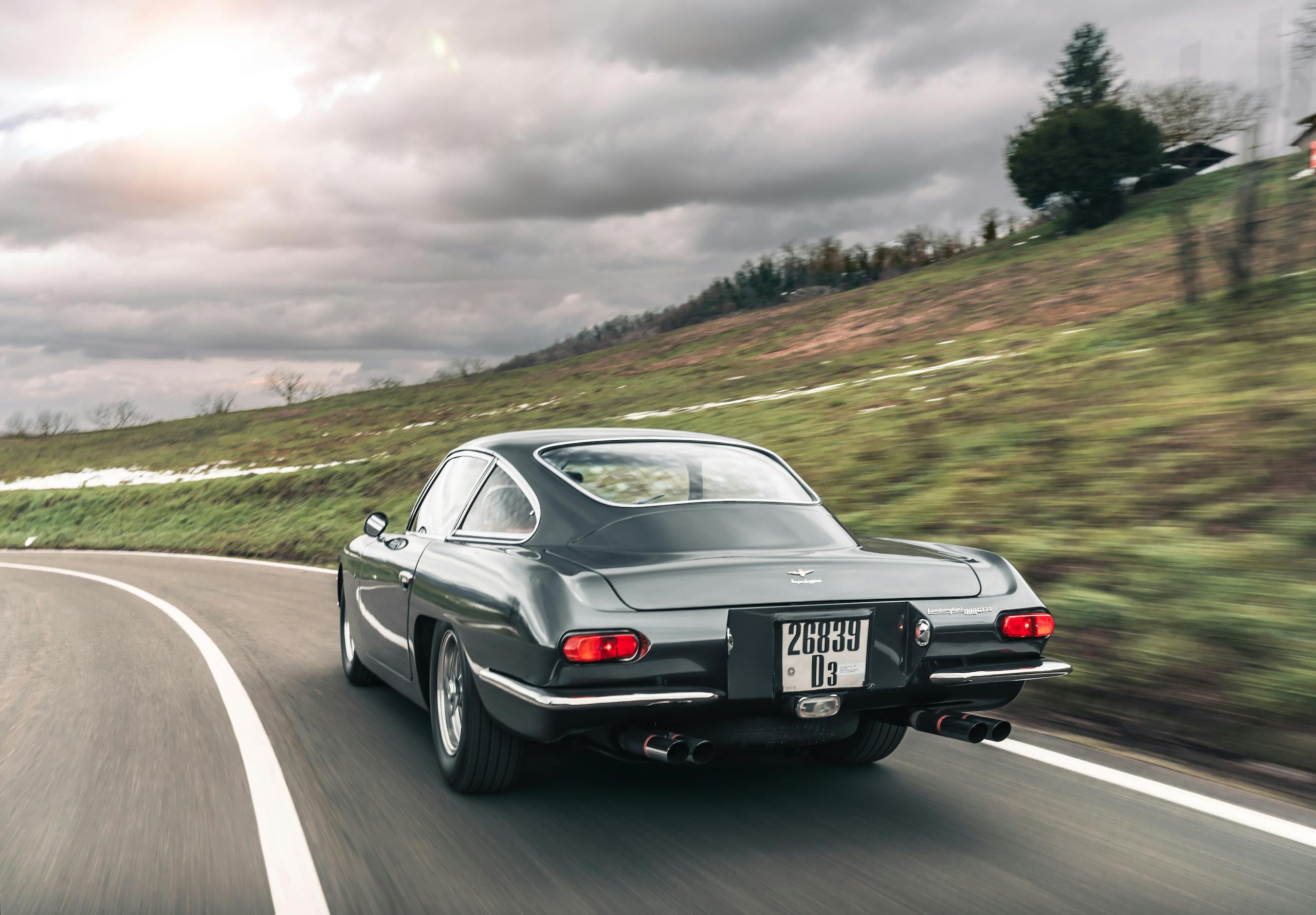

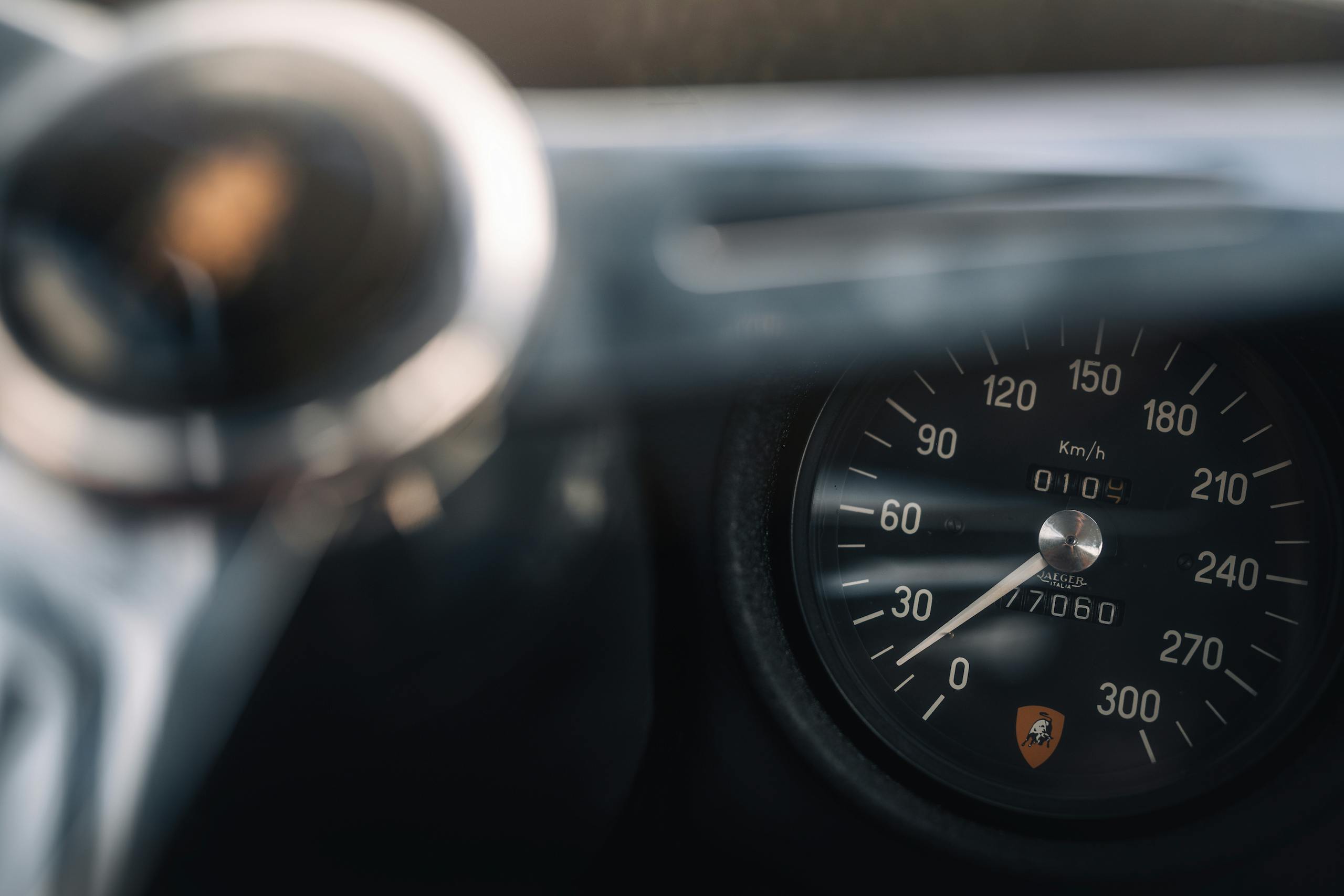
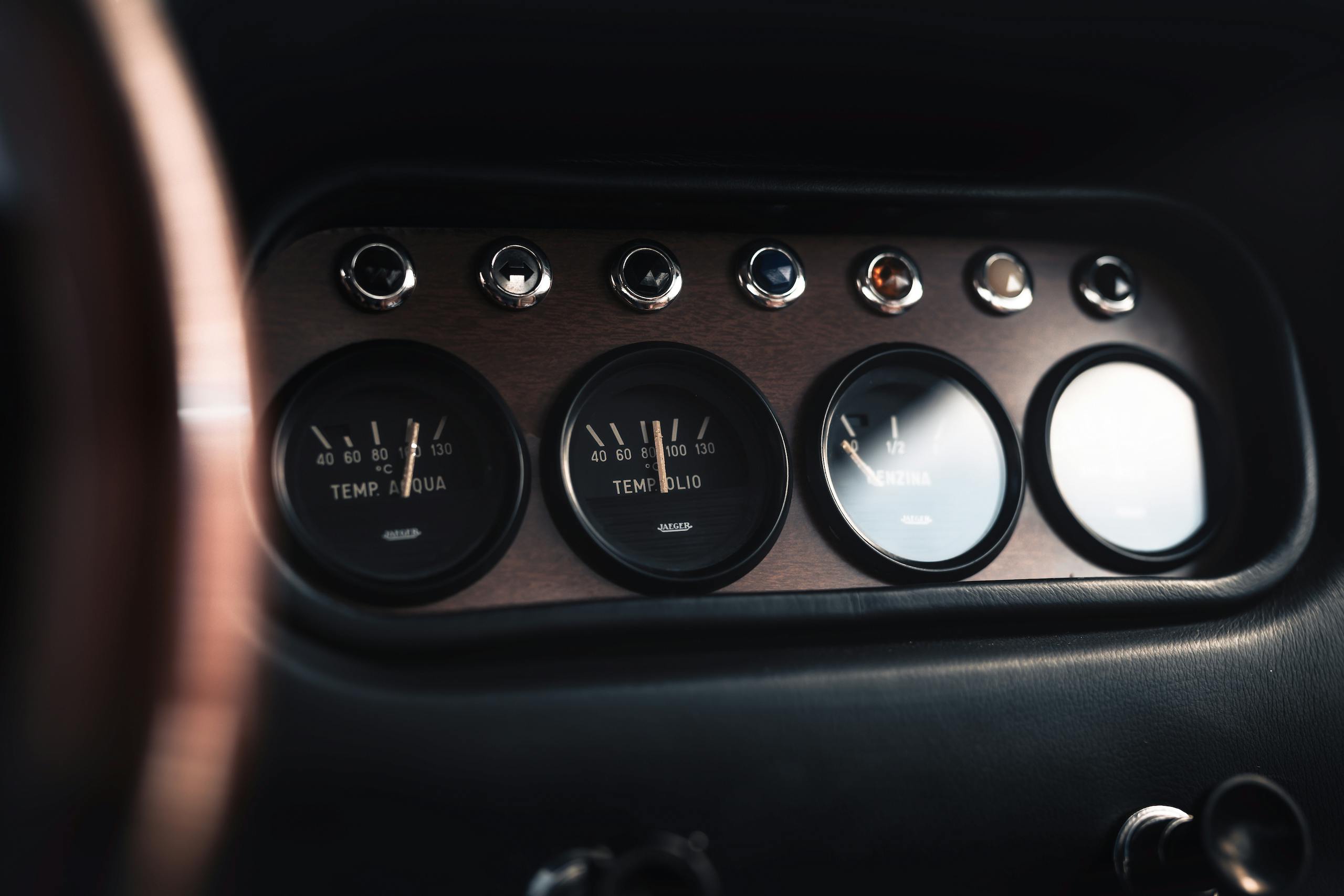
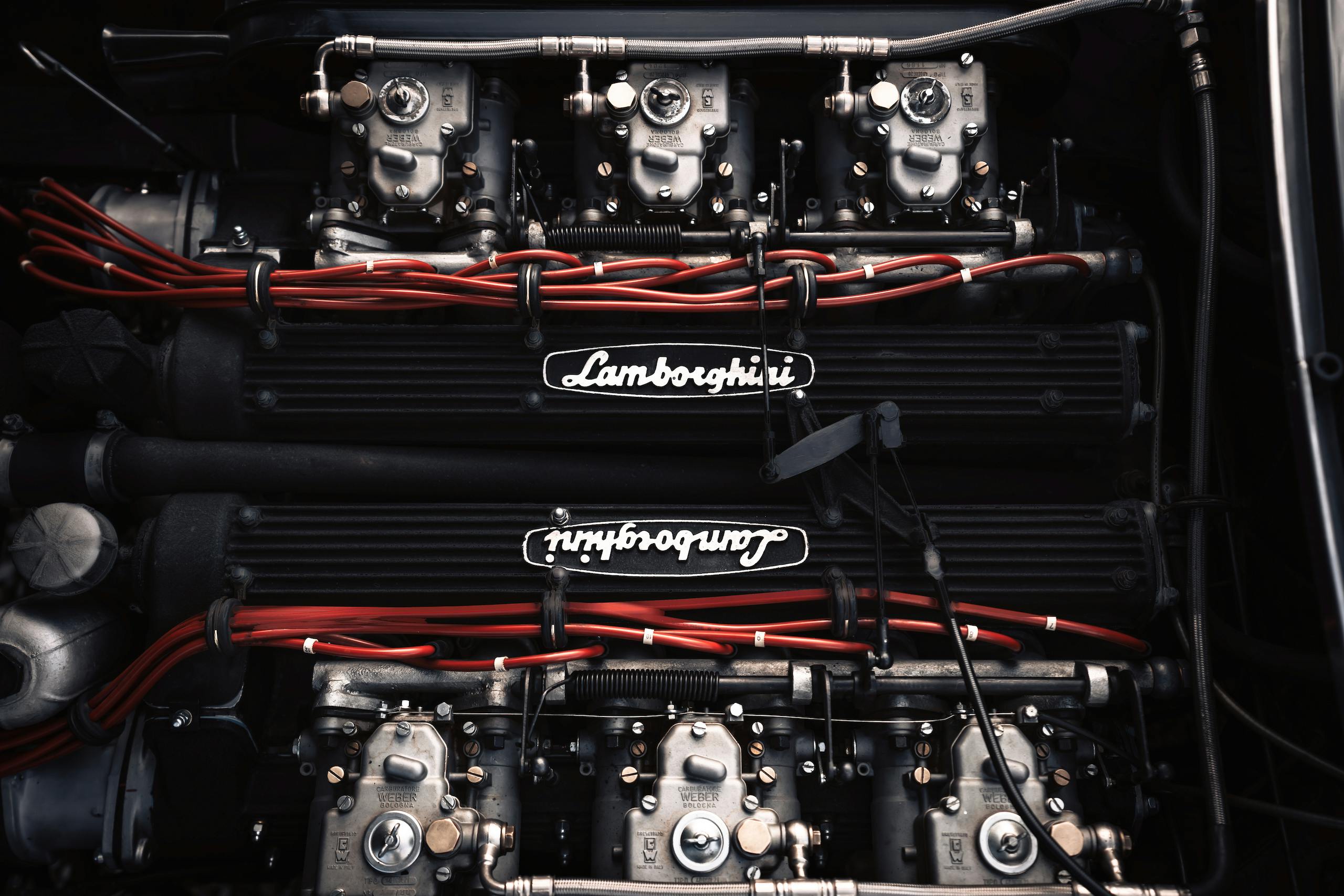

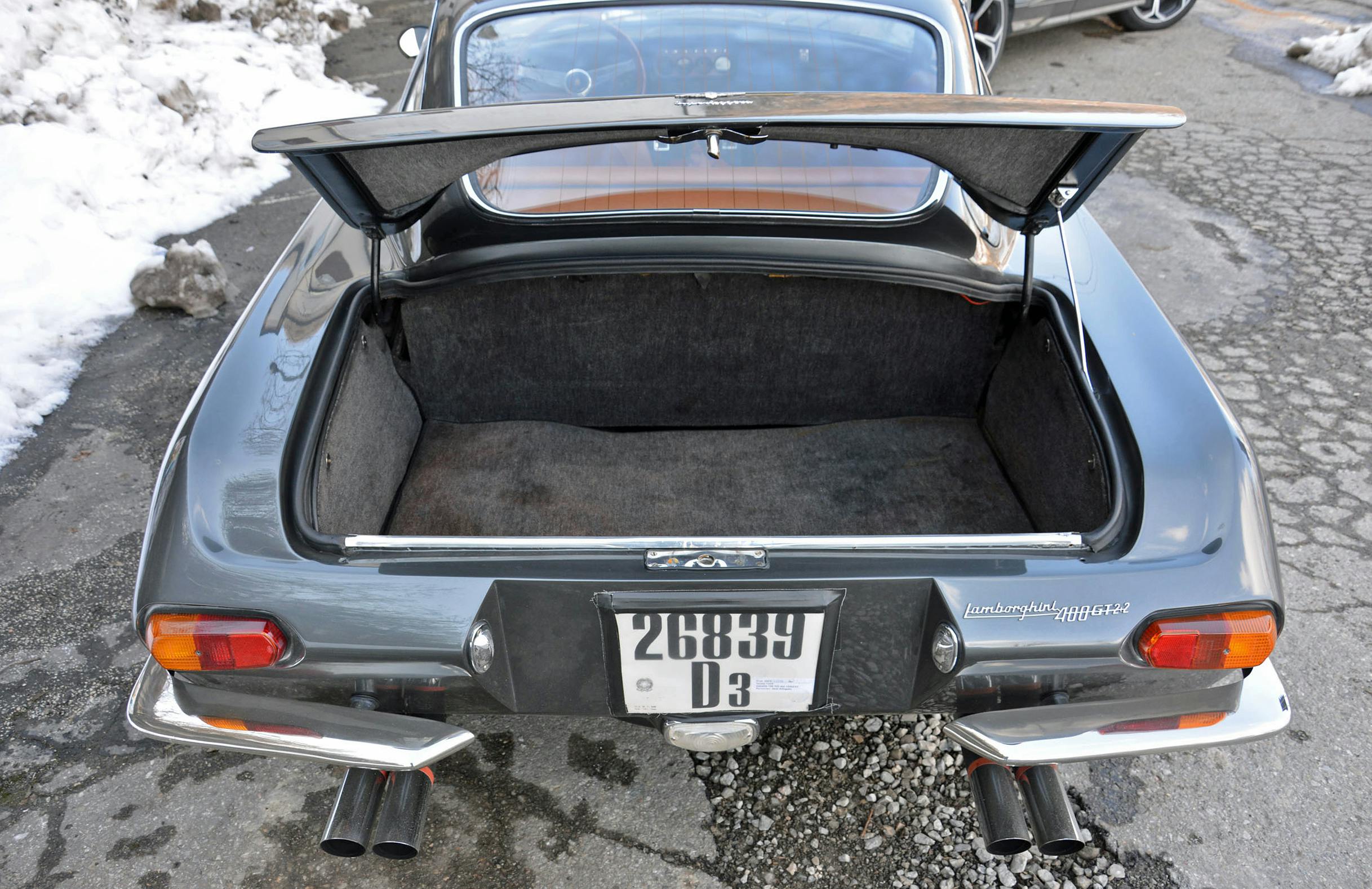
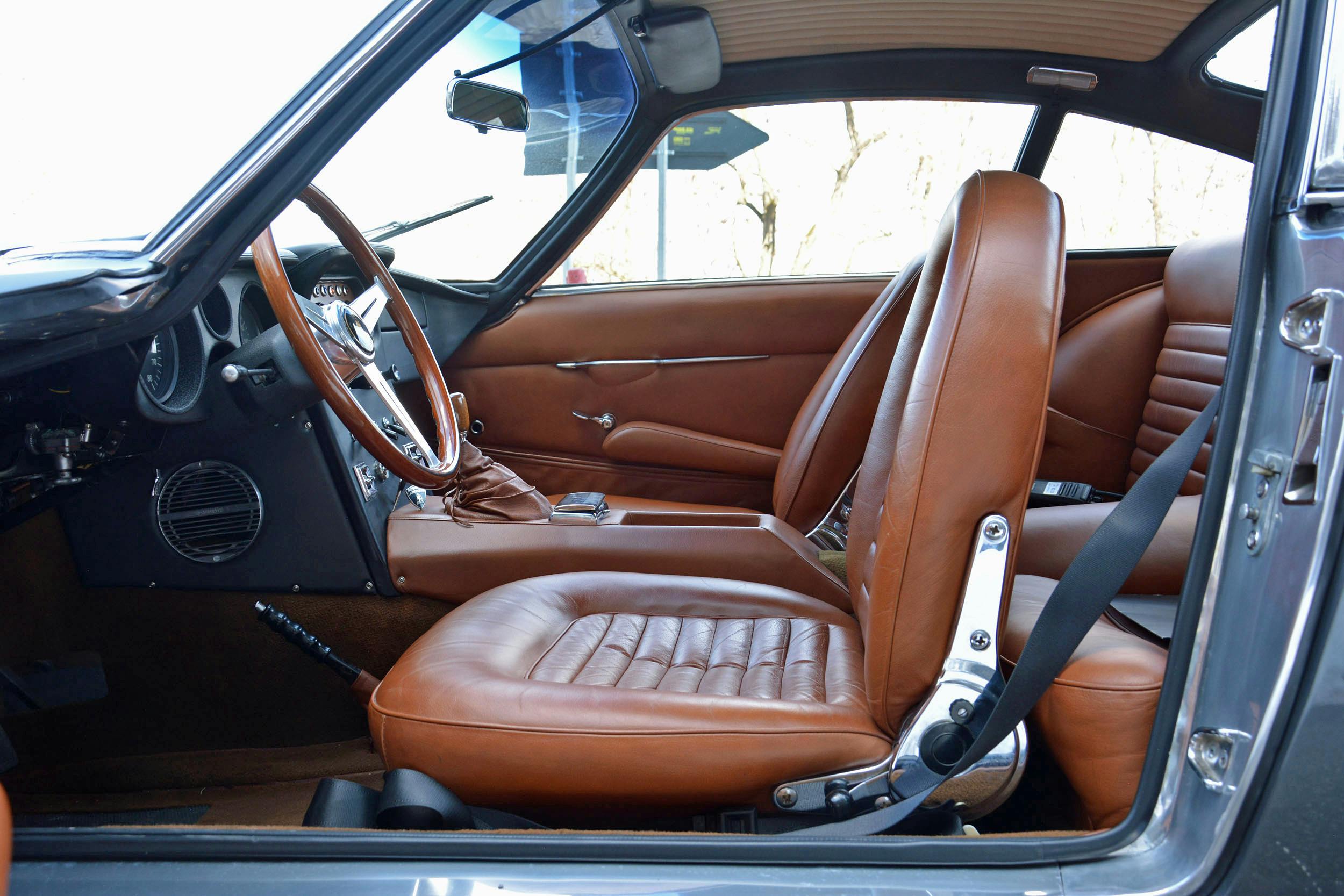
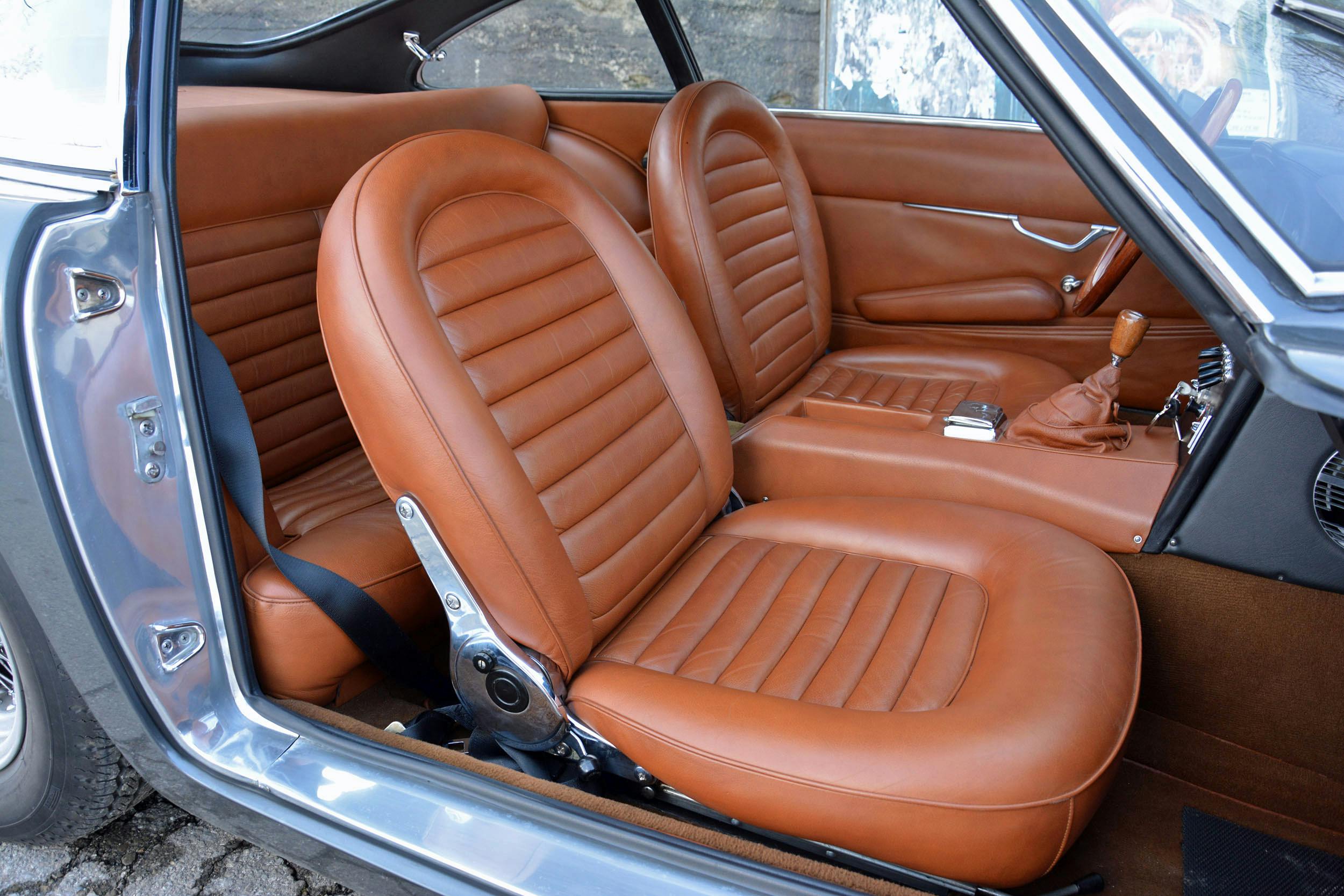
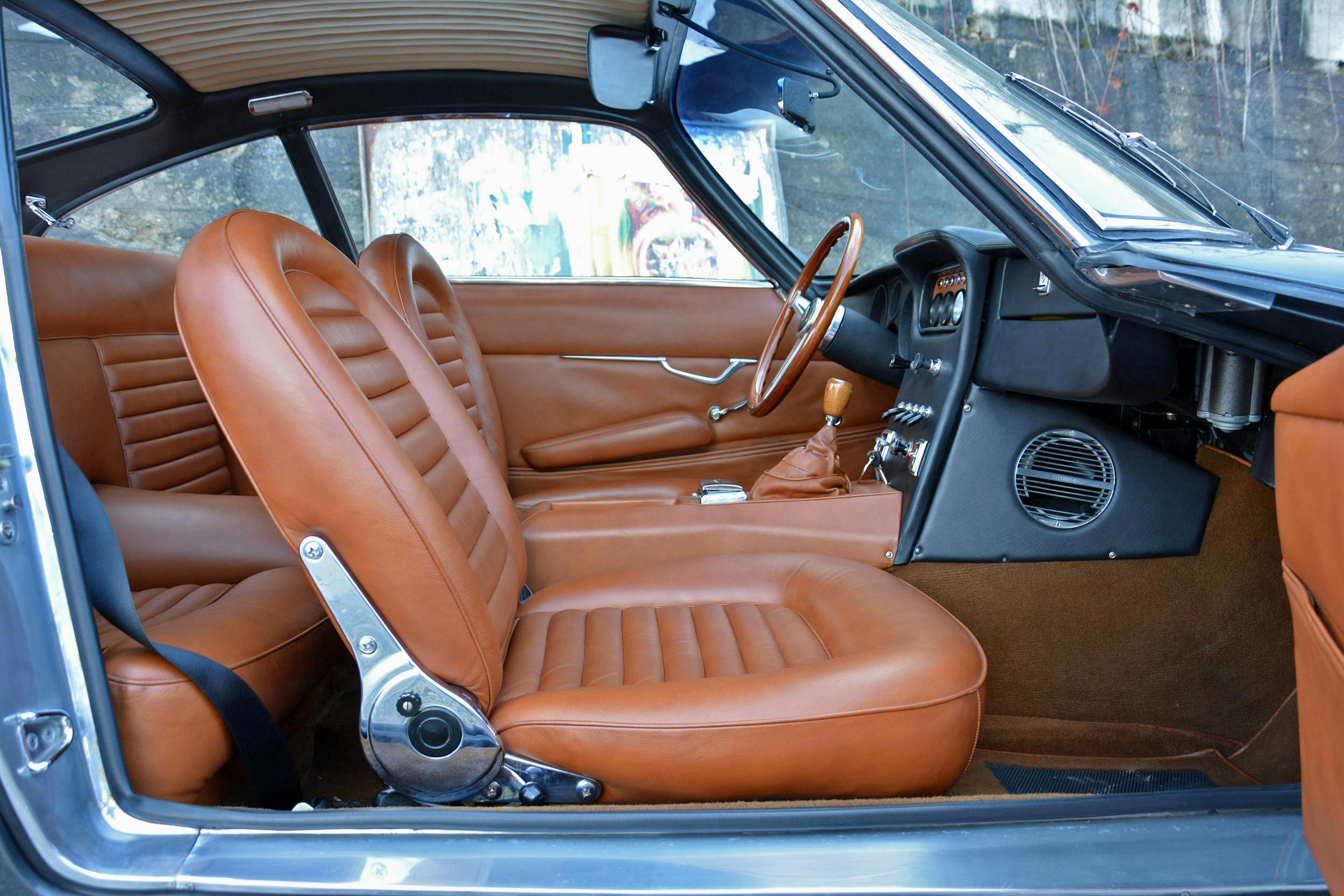
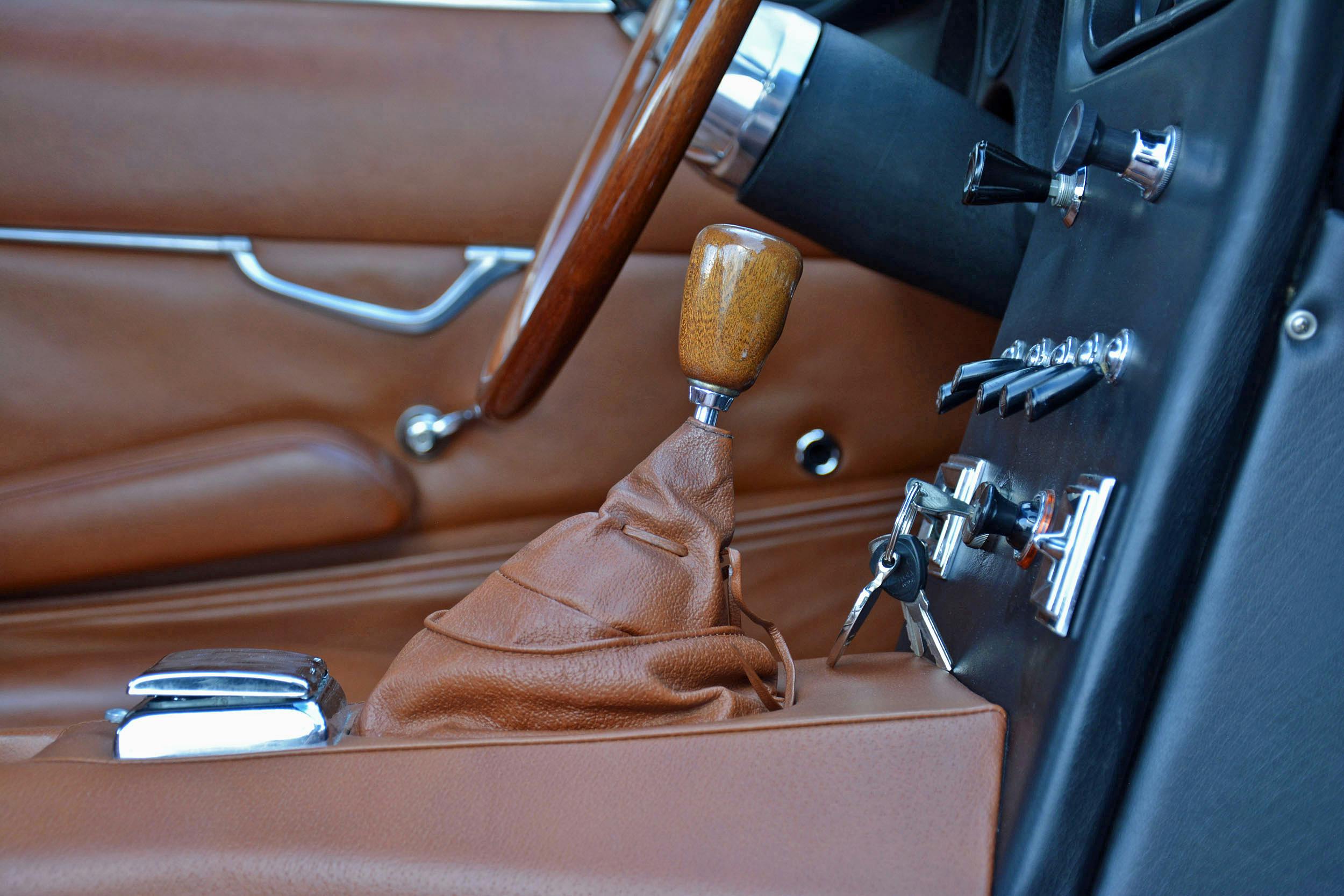
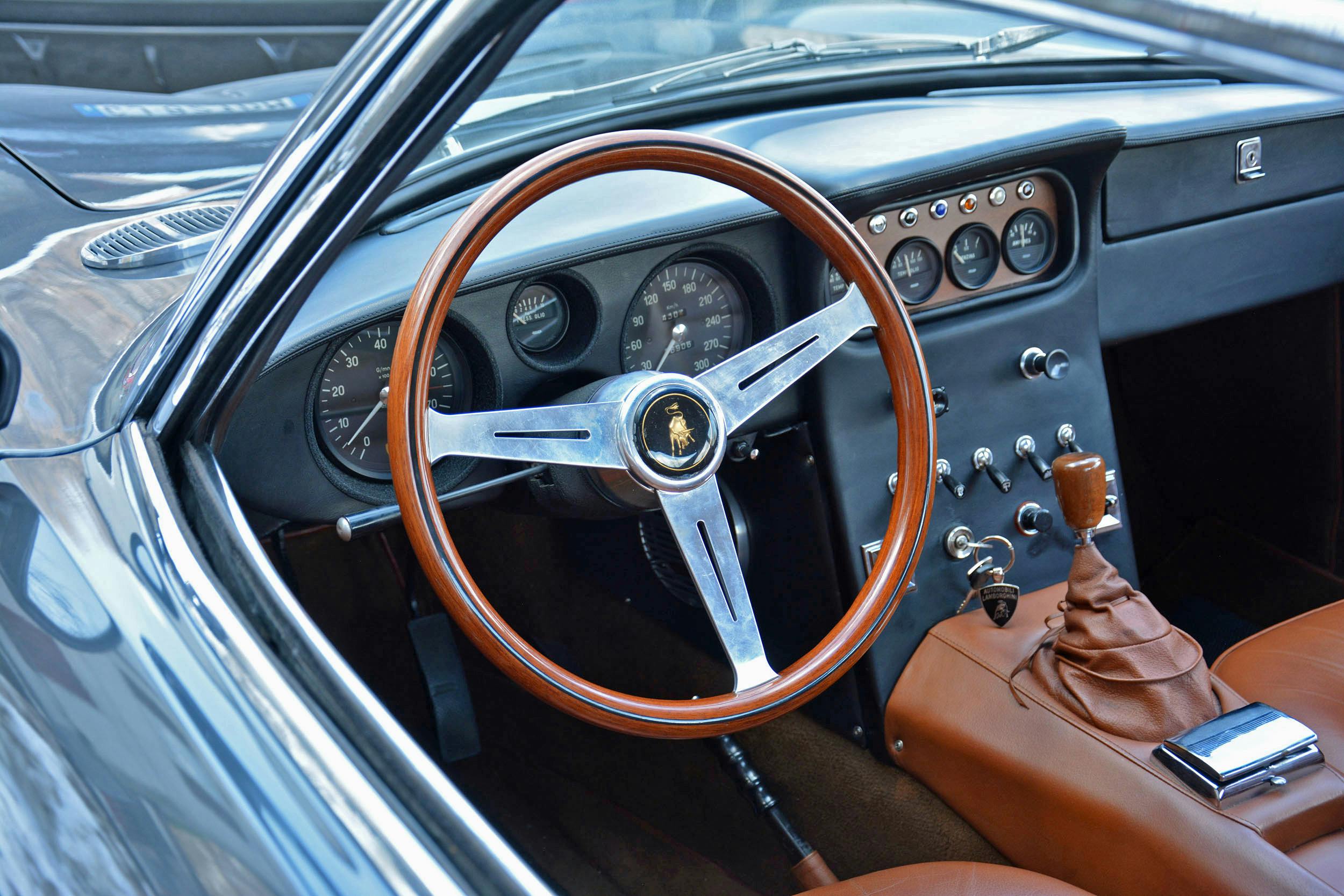


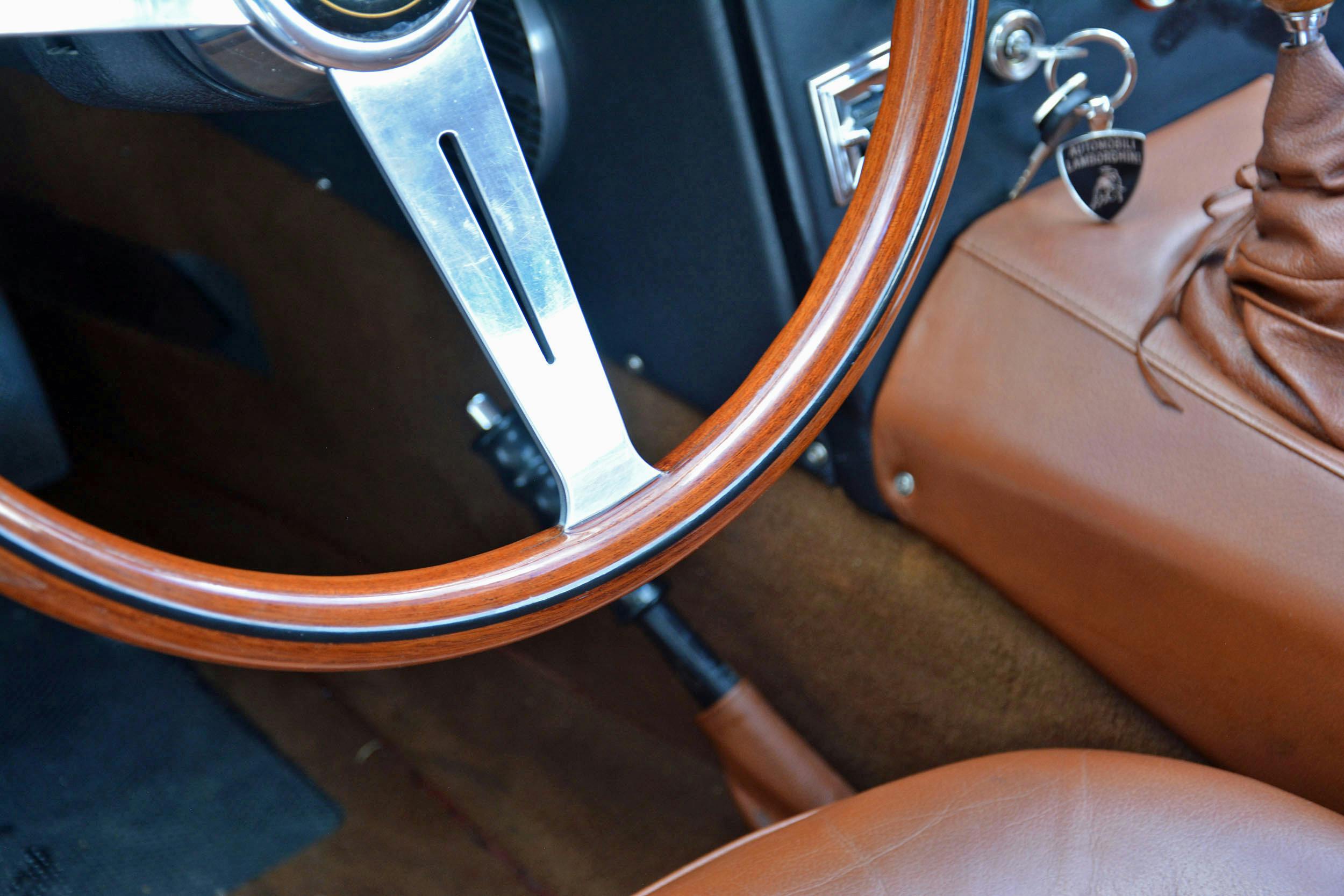
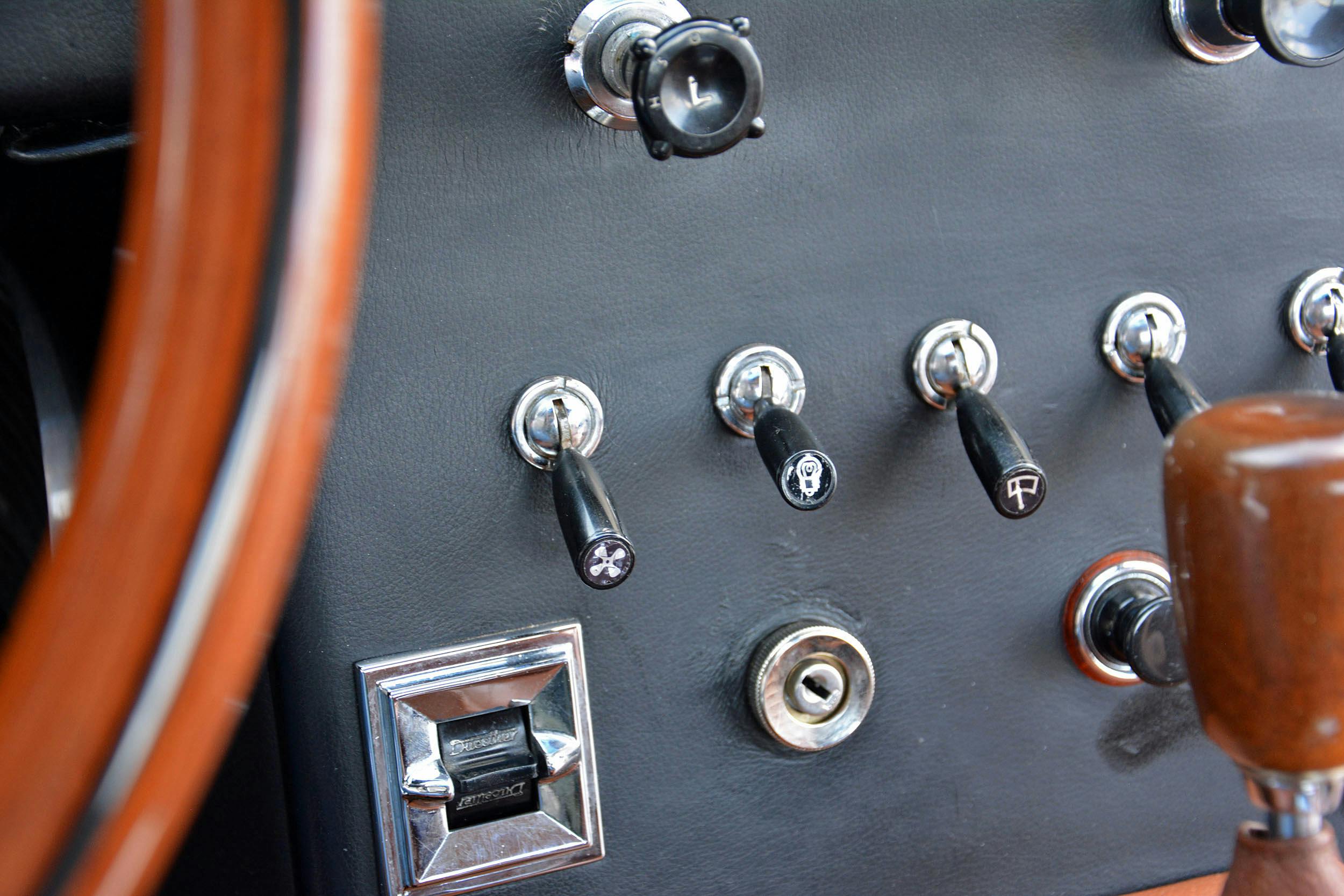
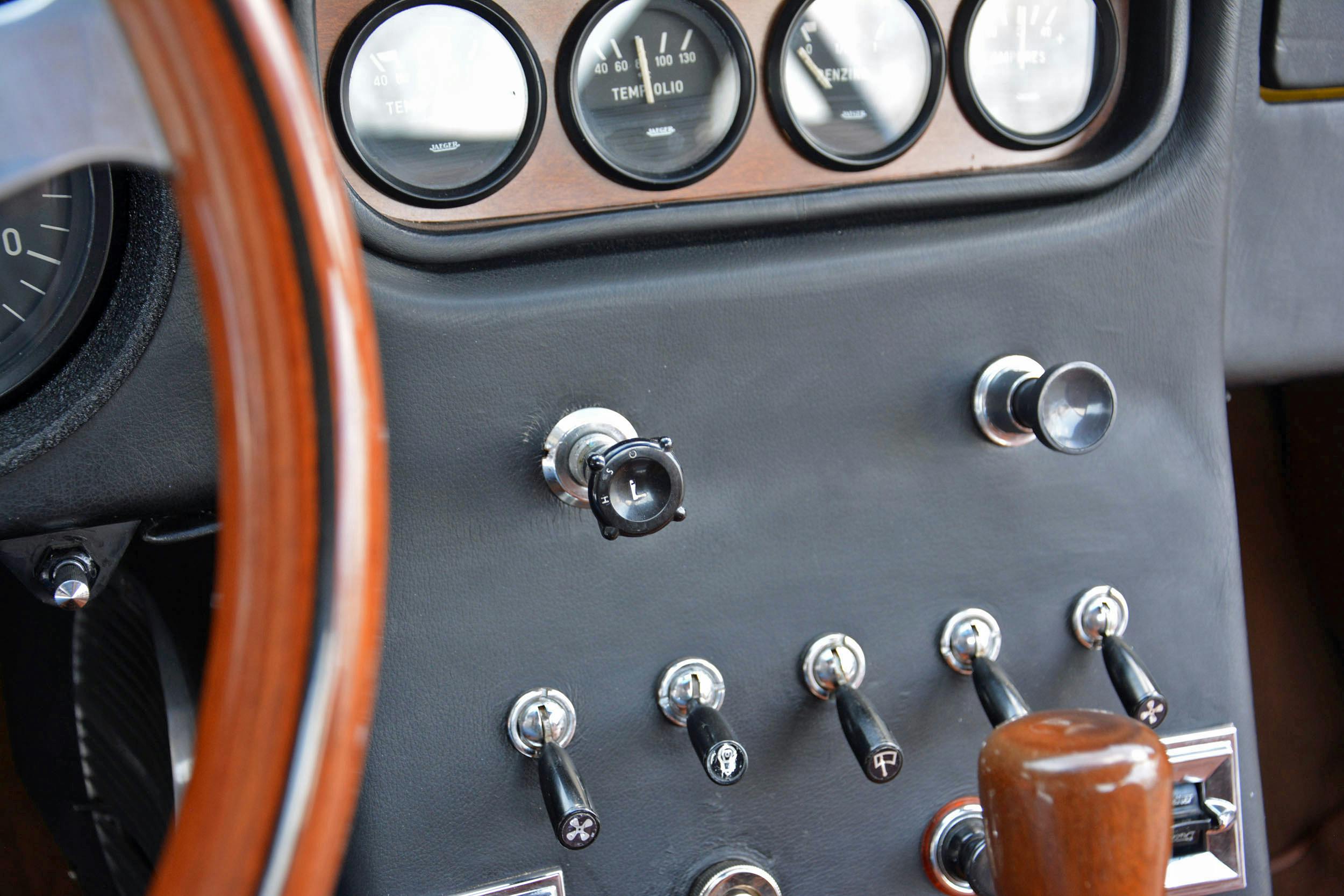
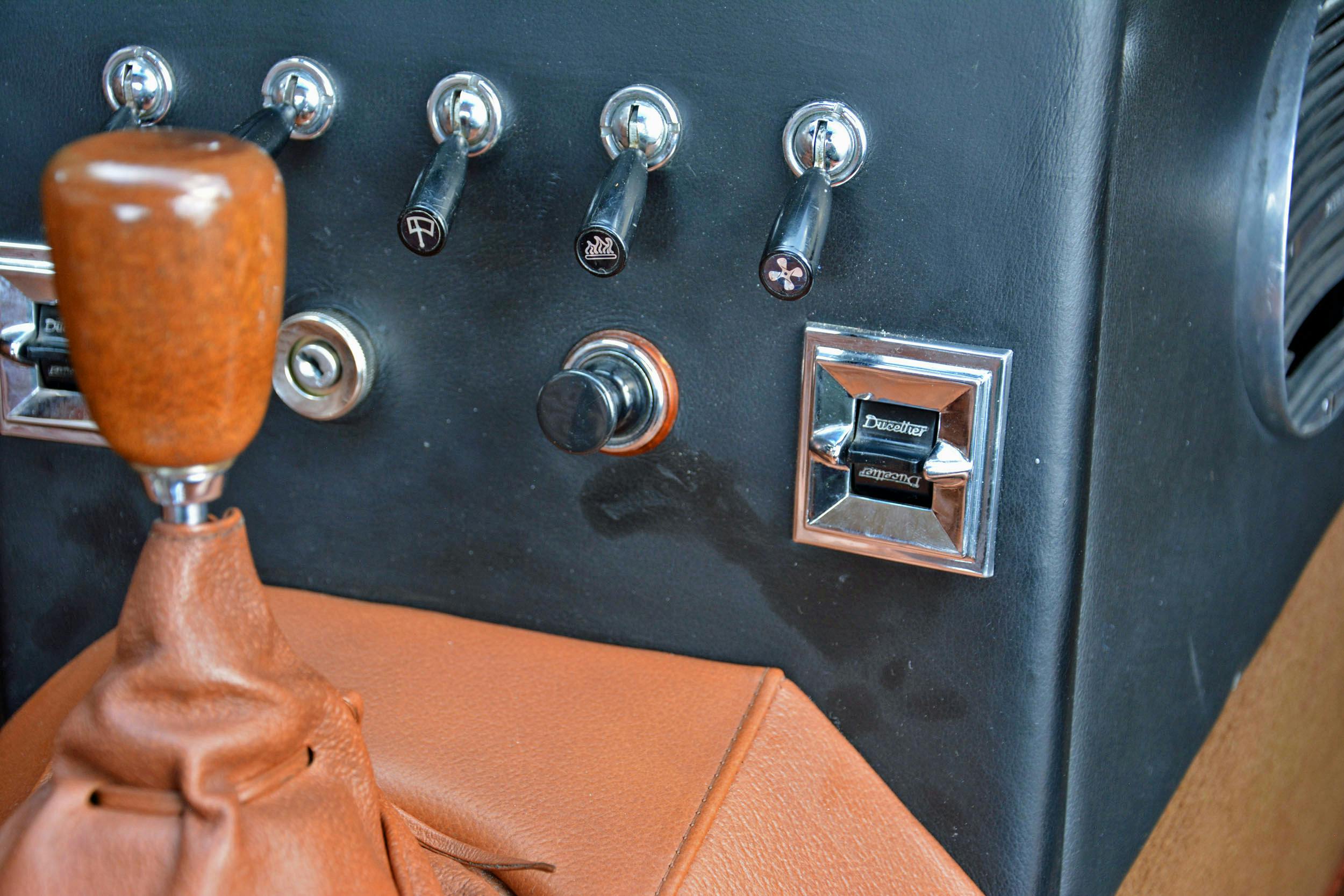
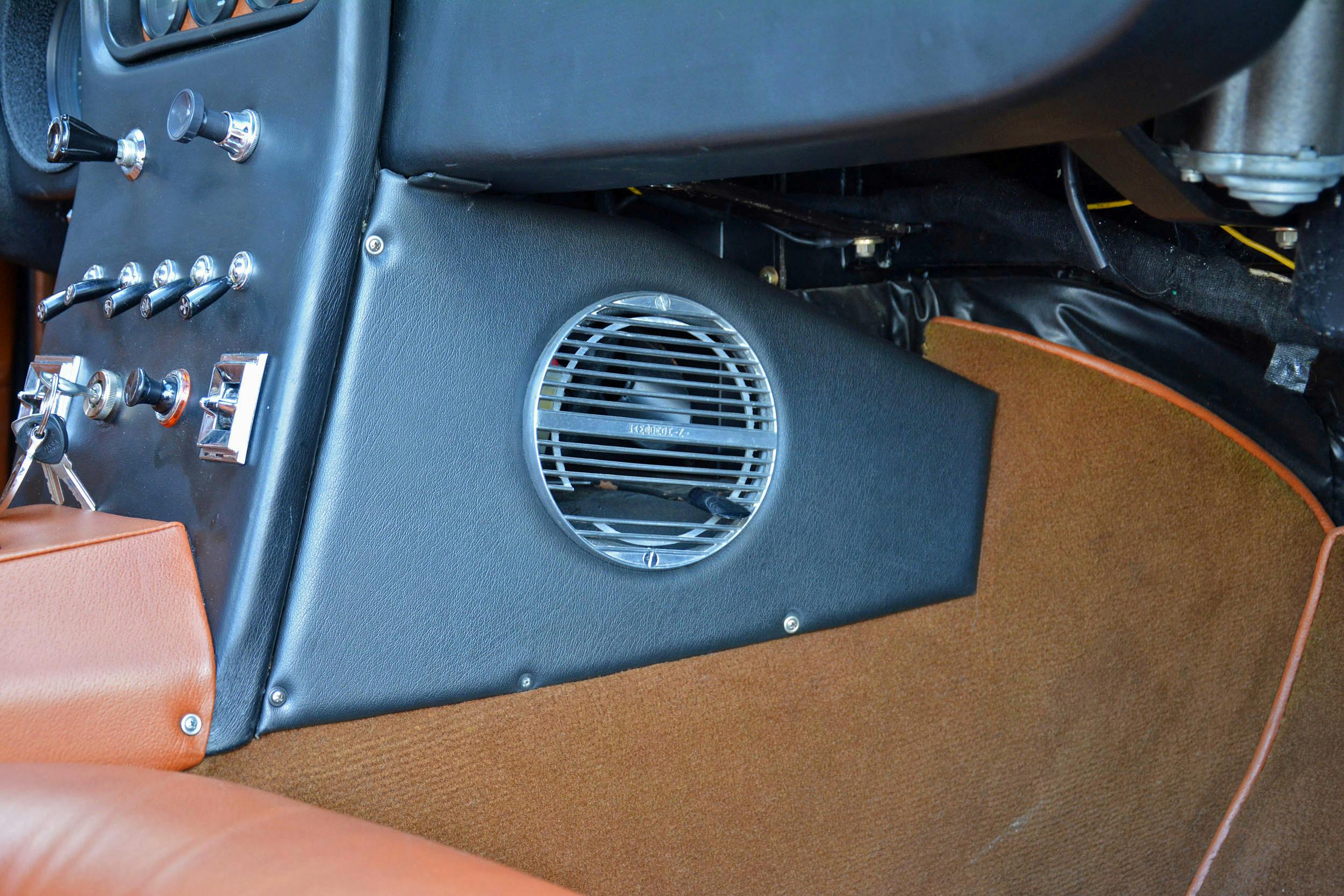
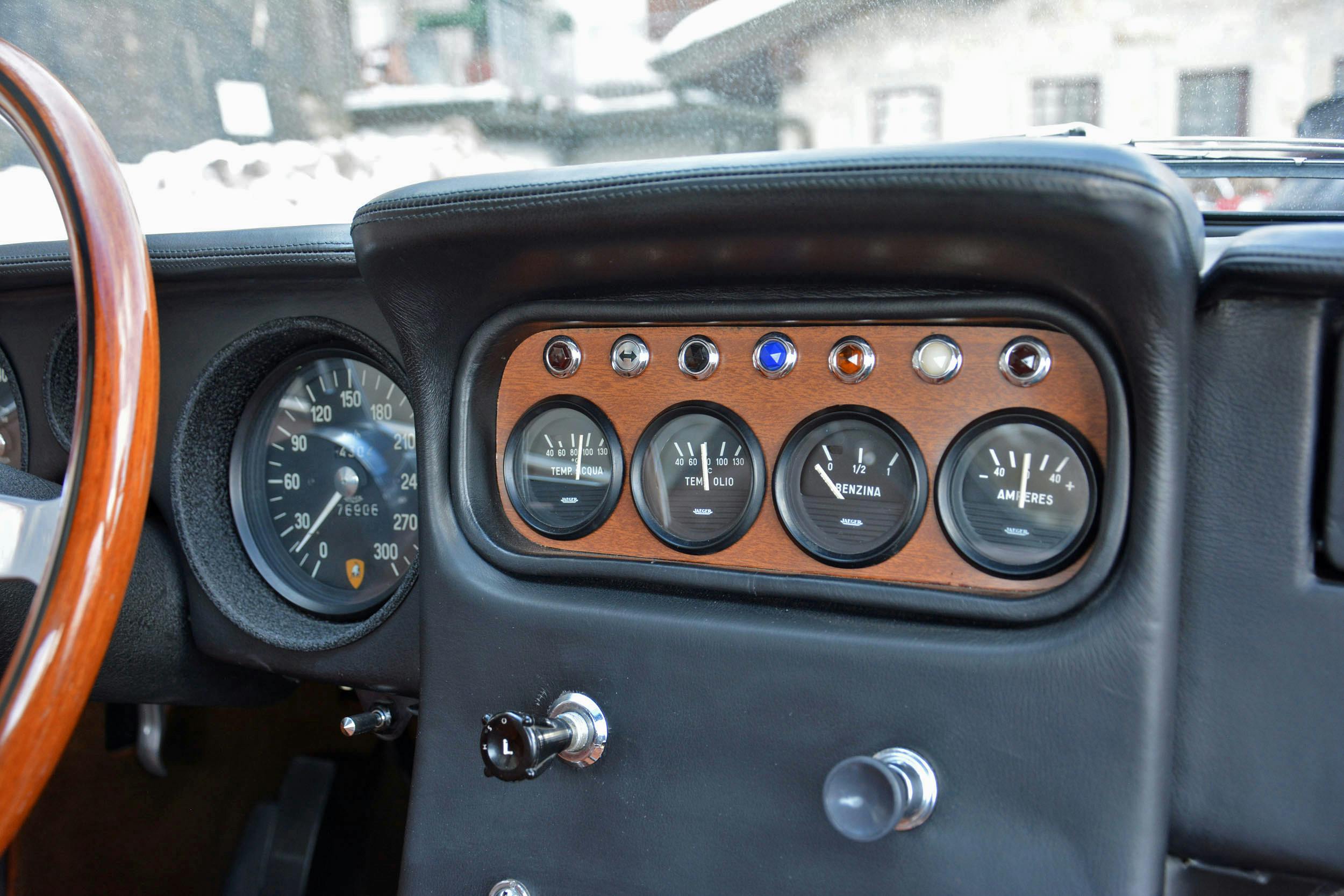
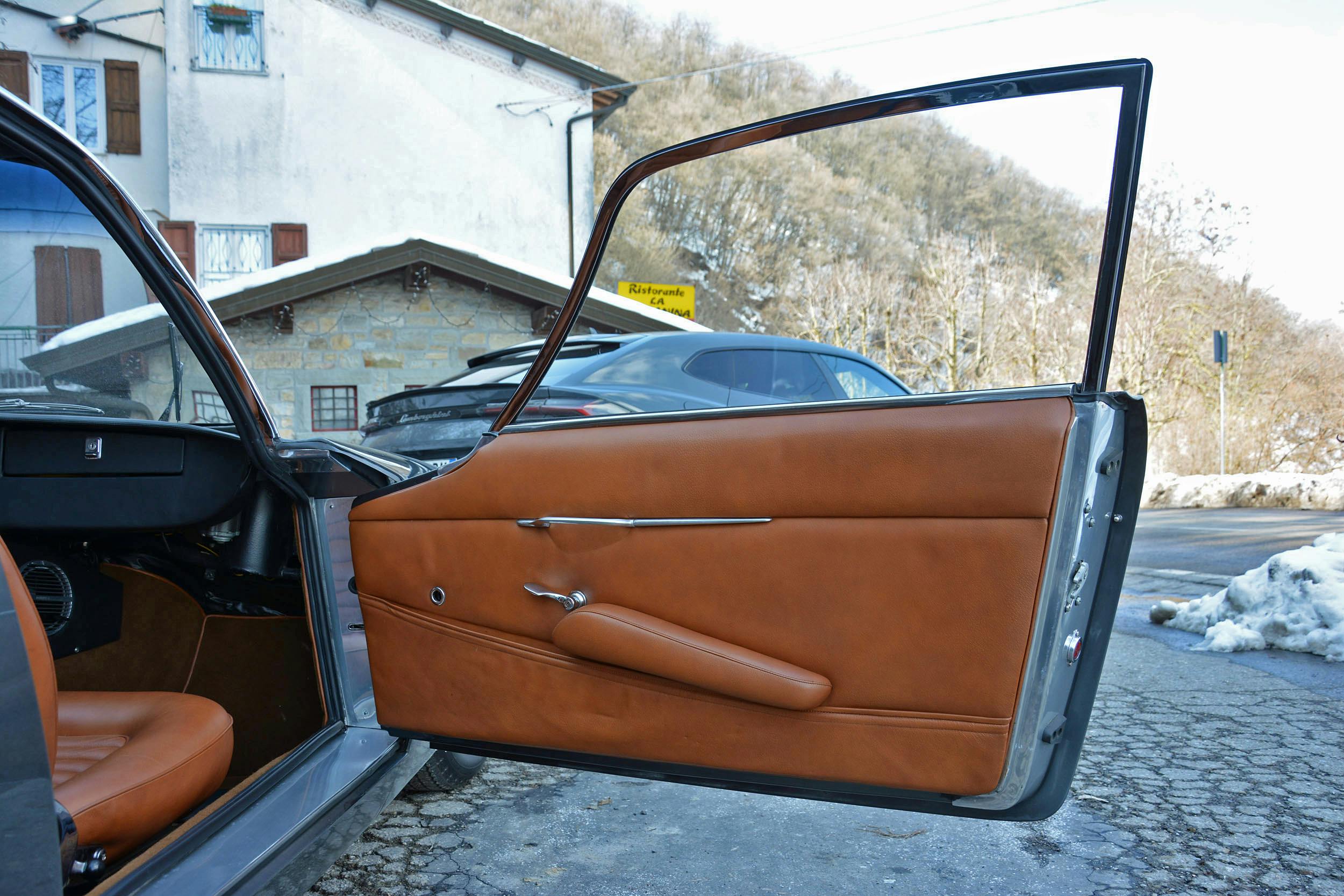

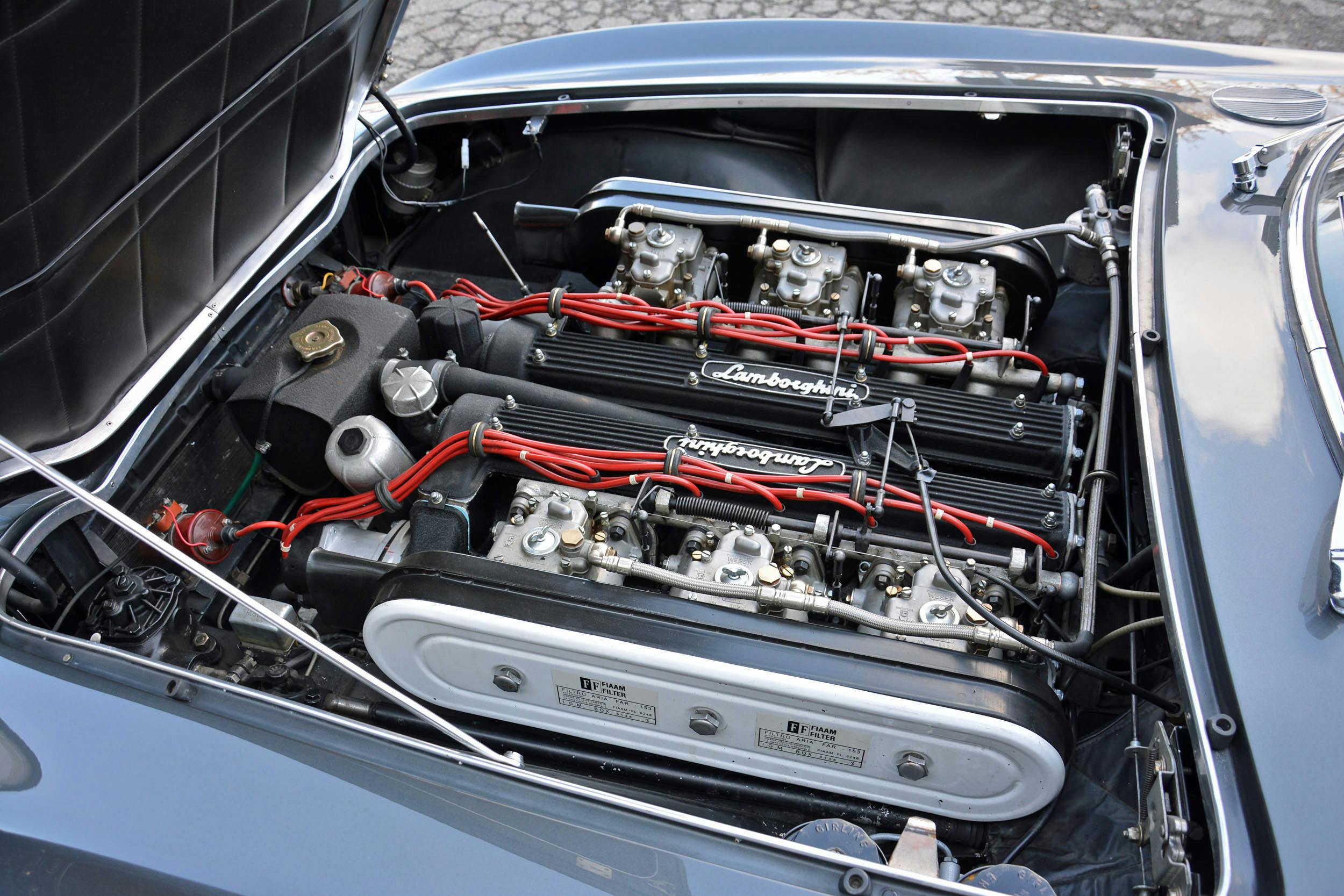
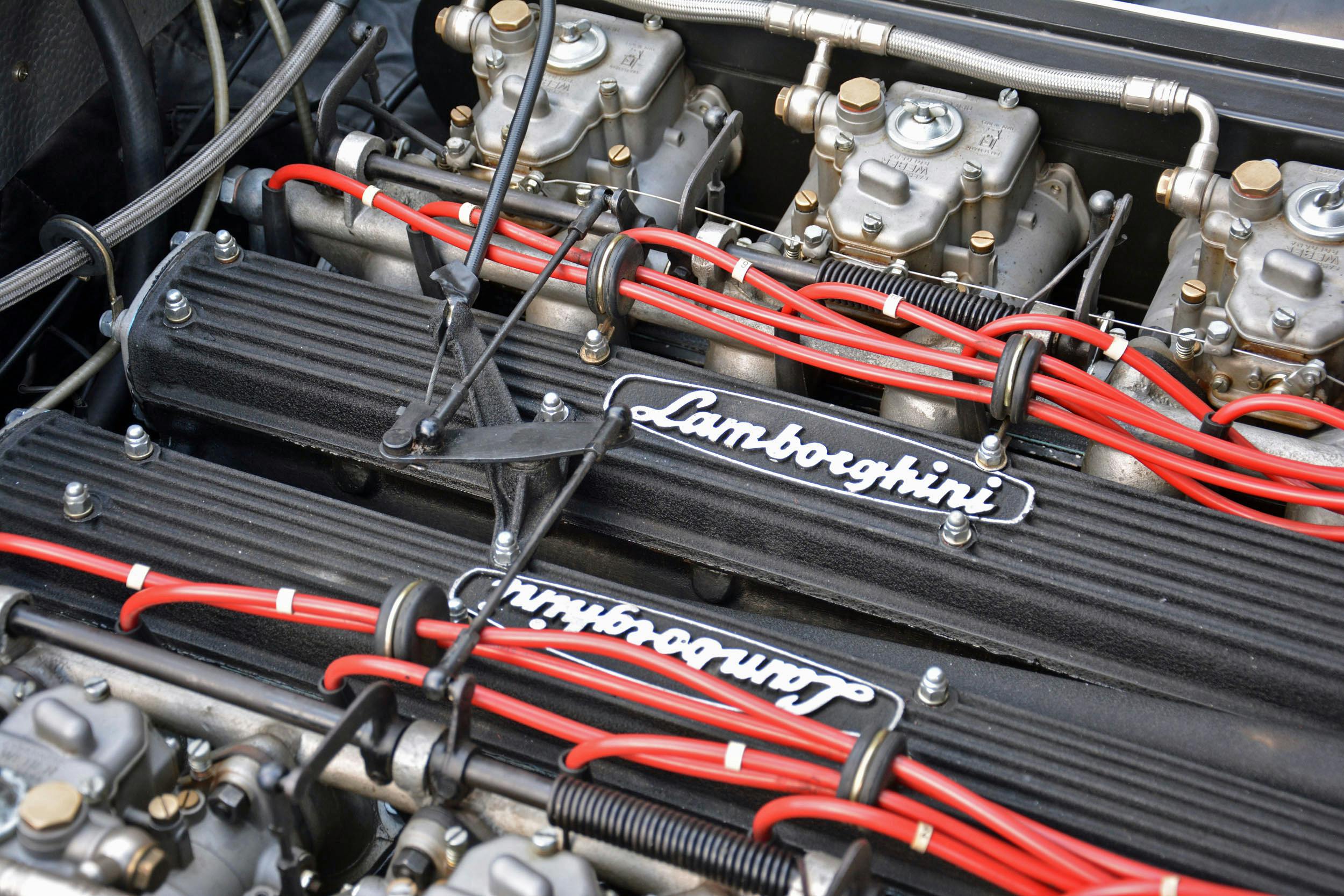
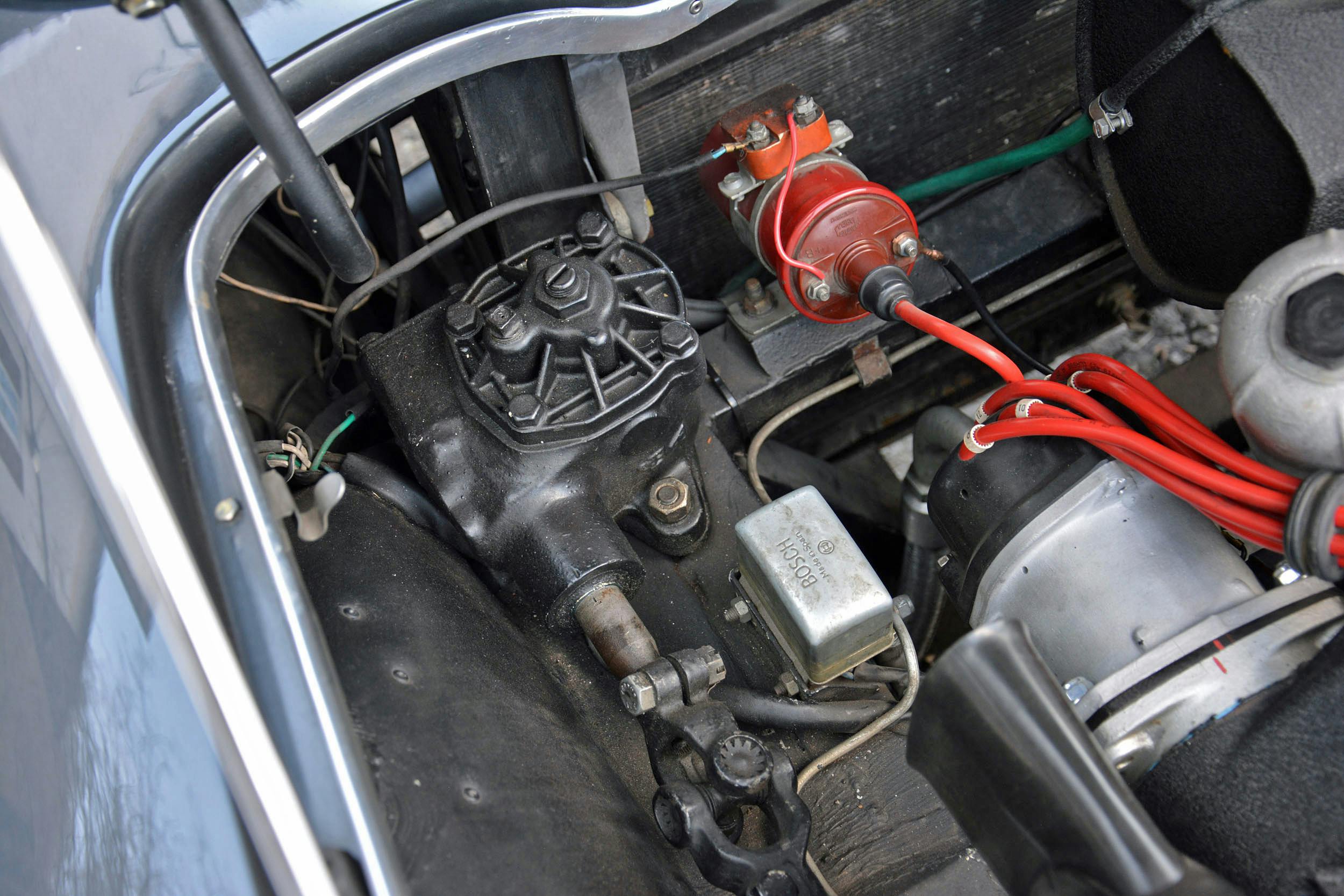

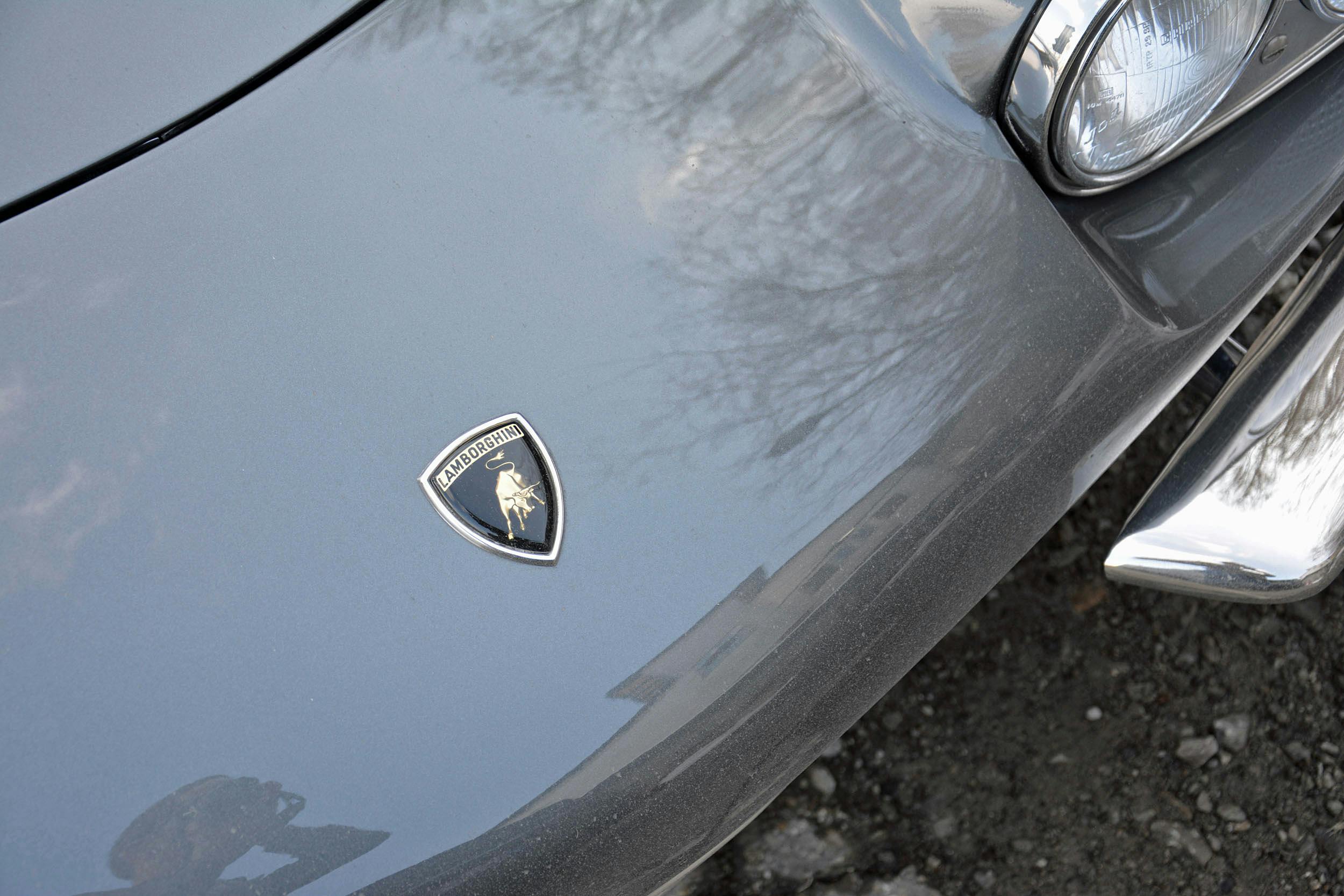
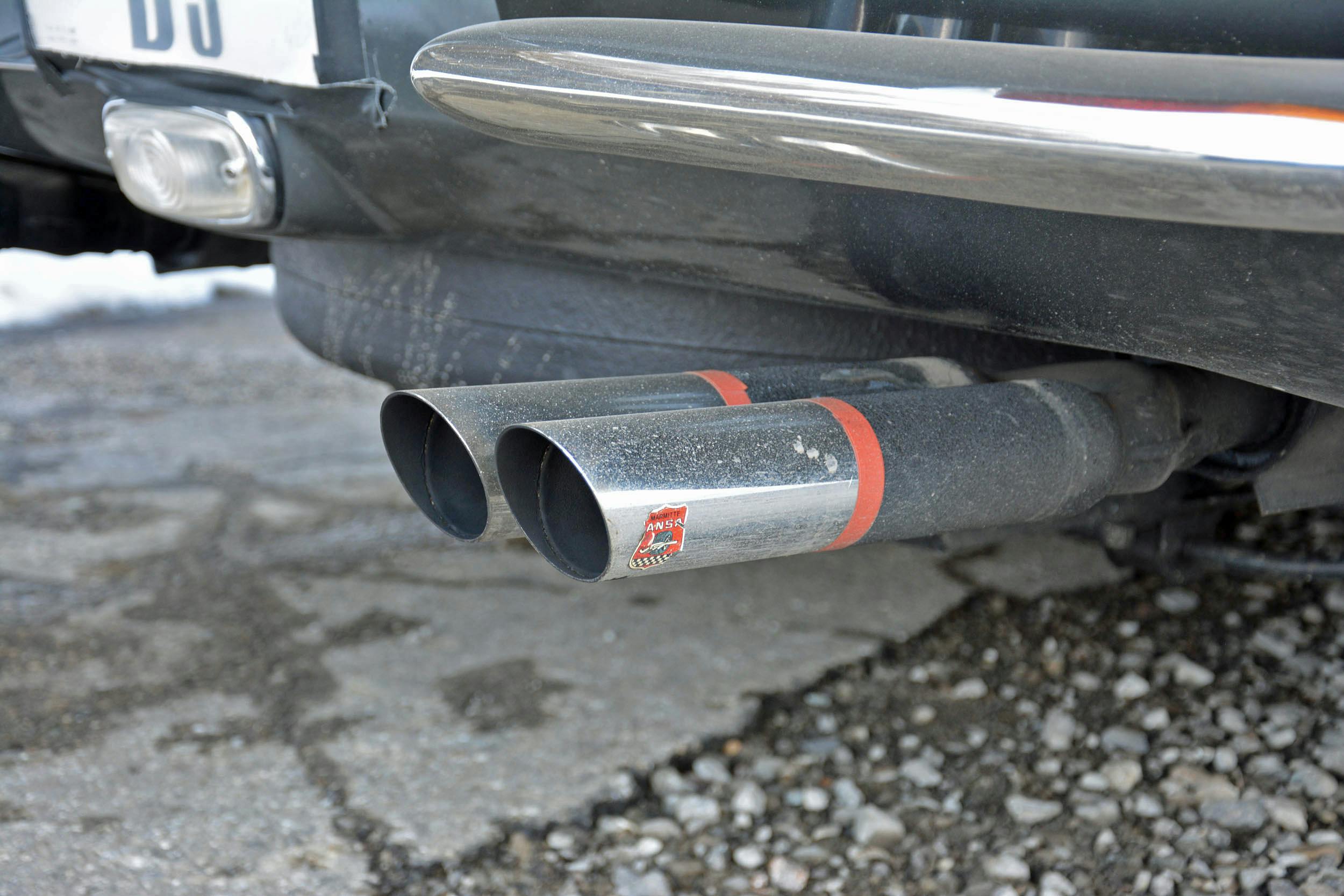



Have always loved the 350 and 400 GT. Old school elegance. I actually prefer them to the more modern later cars.
I actually prefer the simple elegance of the 350 and 400 GT to the more modern later cars.
The 350/400 GT are just gorgeous cars. Arguably some of the nicest Lambo styling ever.
I’d love to see a head to head comparison of early 60s European GTs. A 350GT, a 4 speed Facel Vega, an ISO Rivolta, Maserati 3500 GT, and a DB5. THAT WOULD BE A MATCHUP!
From your keyboard to Hagerty’s eyes. Pick a year in the early 1960’s for GT’s aimed directly at Devil-may-care euro playboy’s, flashy industrialists, rock stars, and test and compare! If I had millions to throw around, 1960’s to very early 1970’s European playboy cars are all I would collect. Dangerous!
You missed a car in your front engine Lamborghini GT summary. In fact, you missed Mr. Lamborghini’s stated favourite car of all he made! The Jarama. Not to everybody’s taste, I love it. Edgy, straight lines, sleepy headlights, early 1970’s wedge/box — they look striking in lime green and orange. Put one of those in modern traffic and all the other cars disappear.